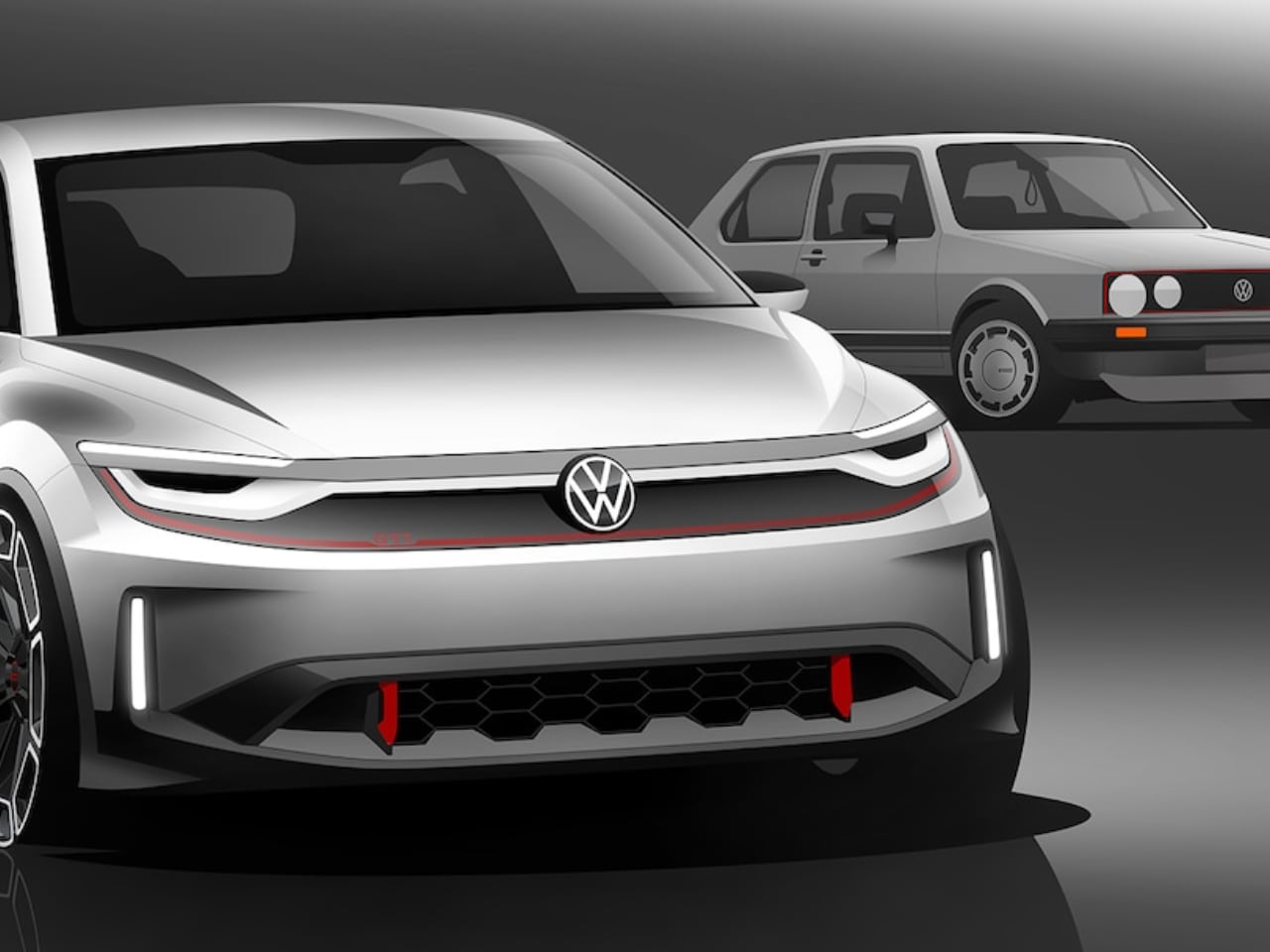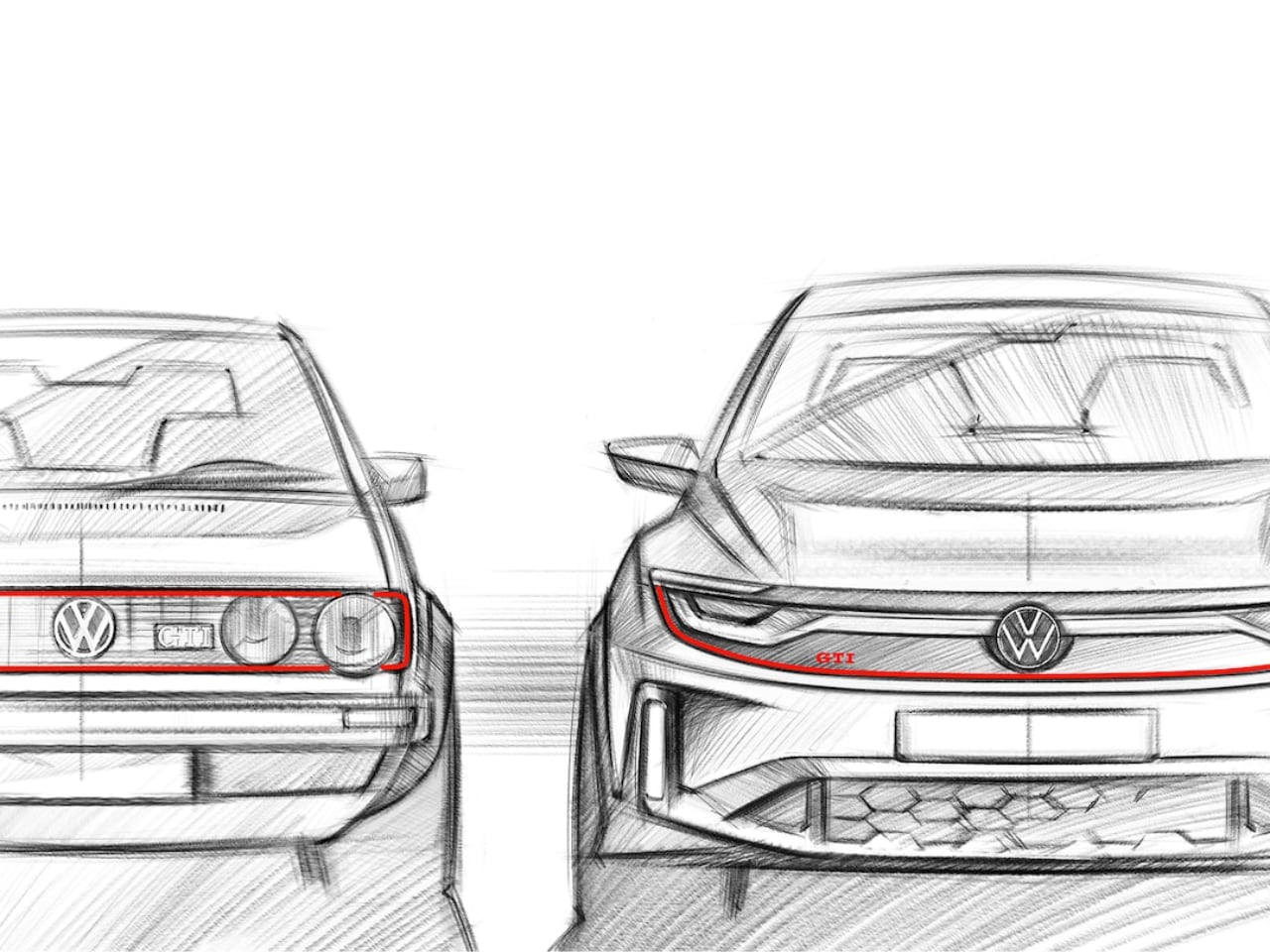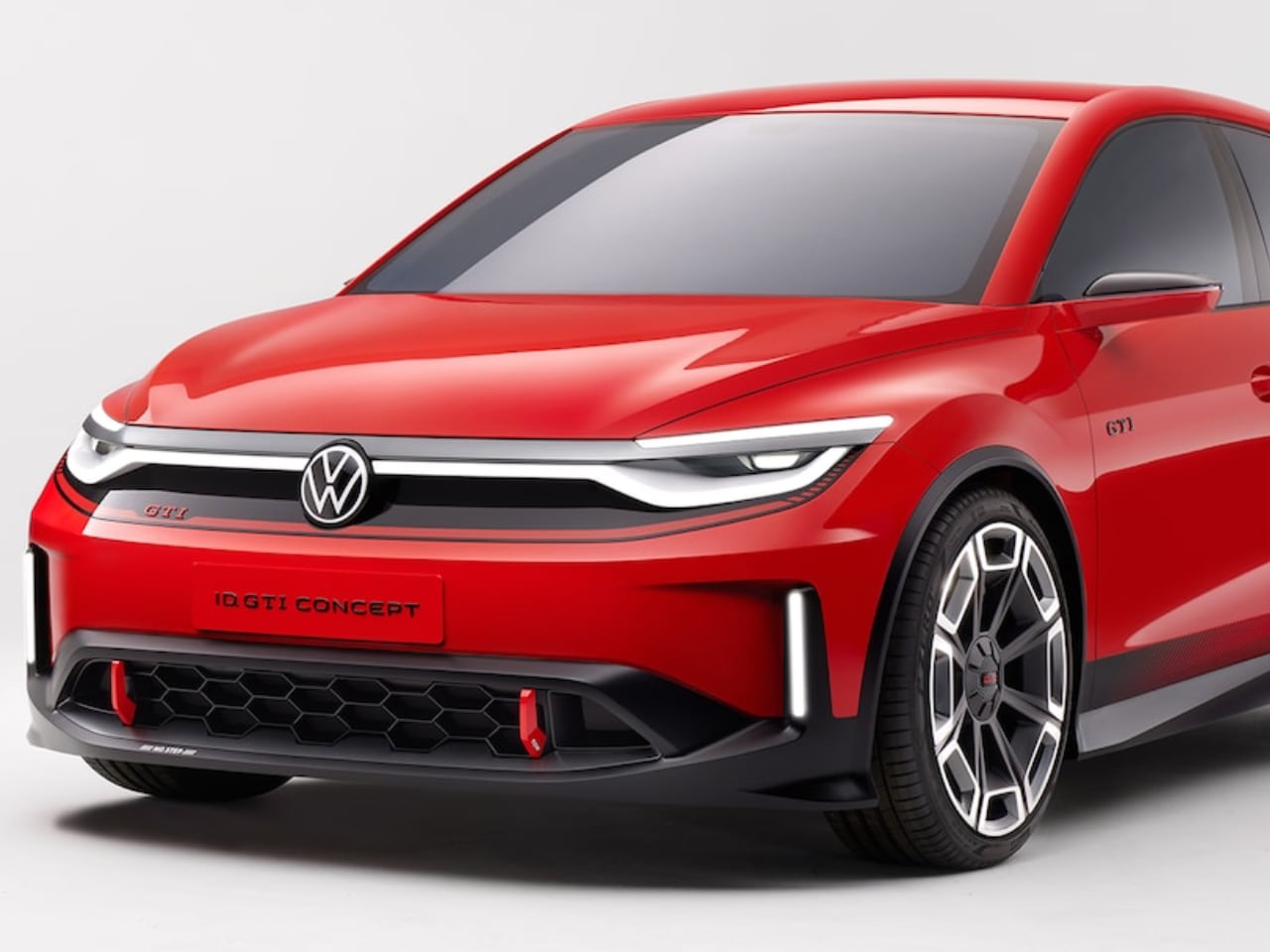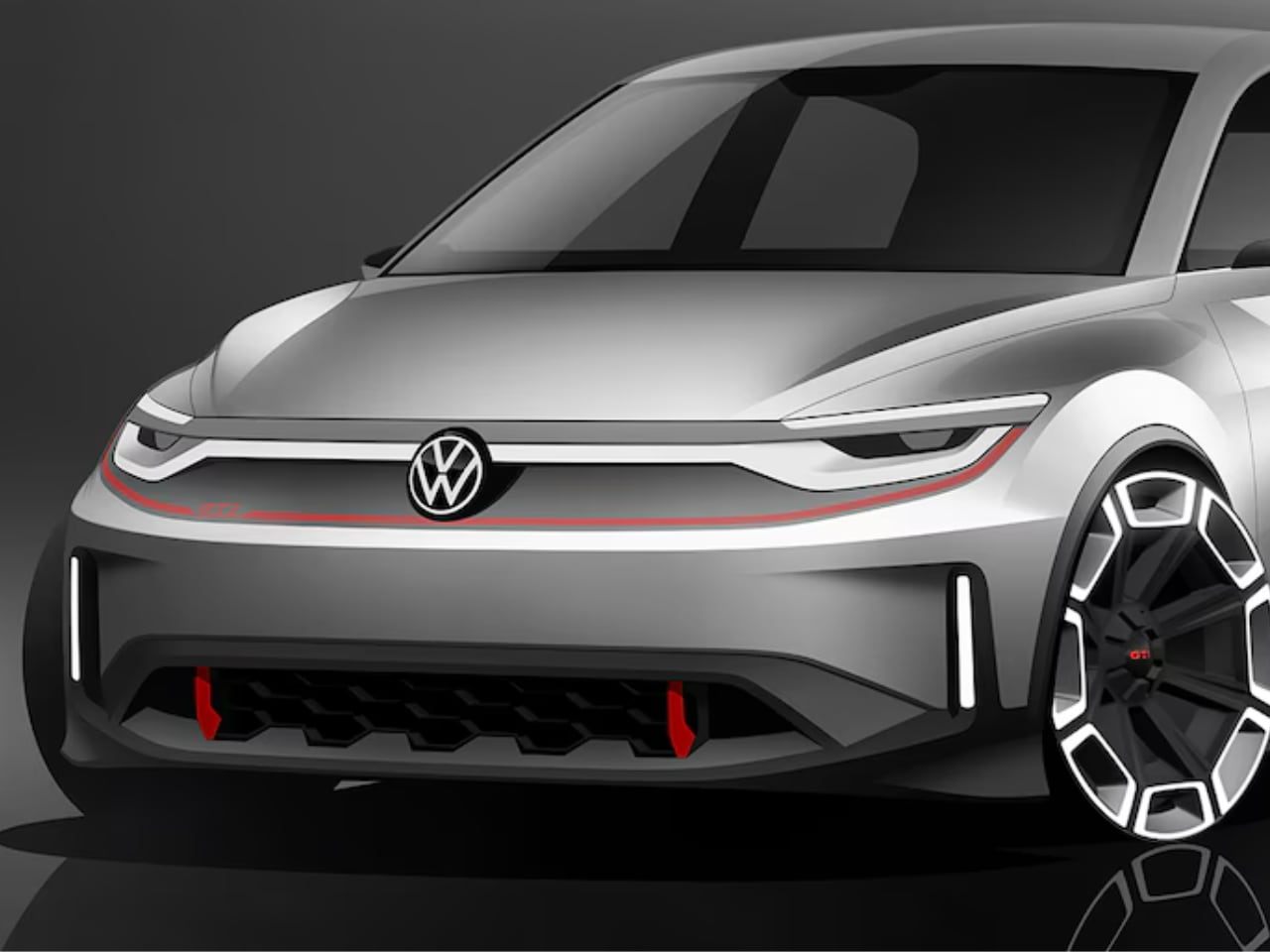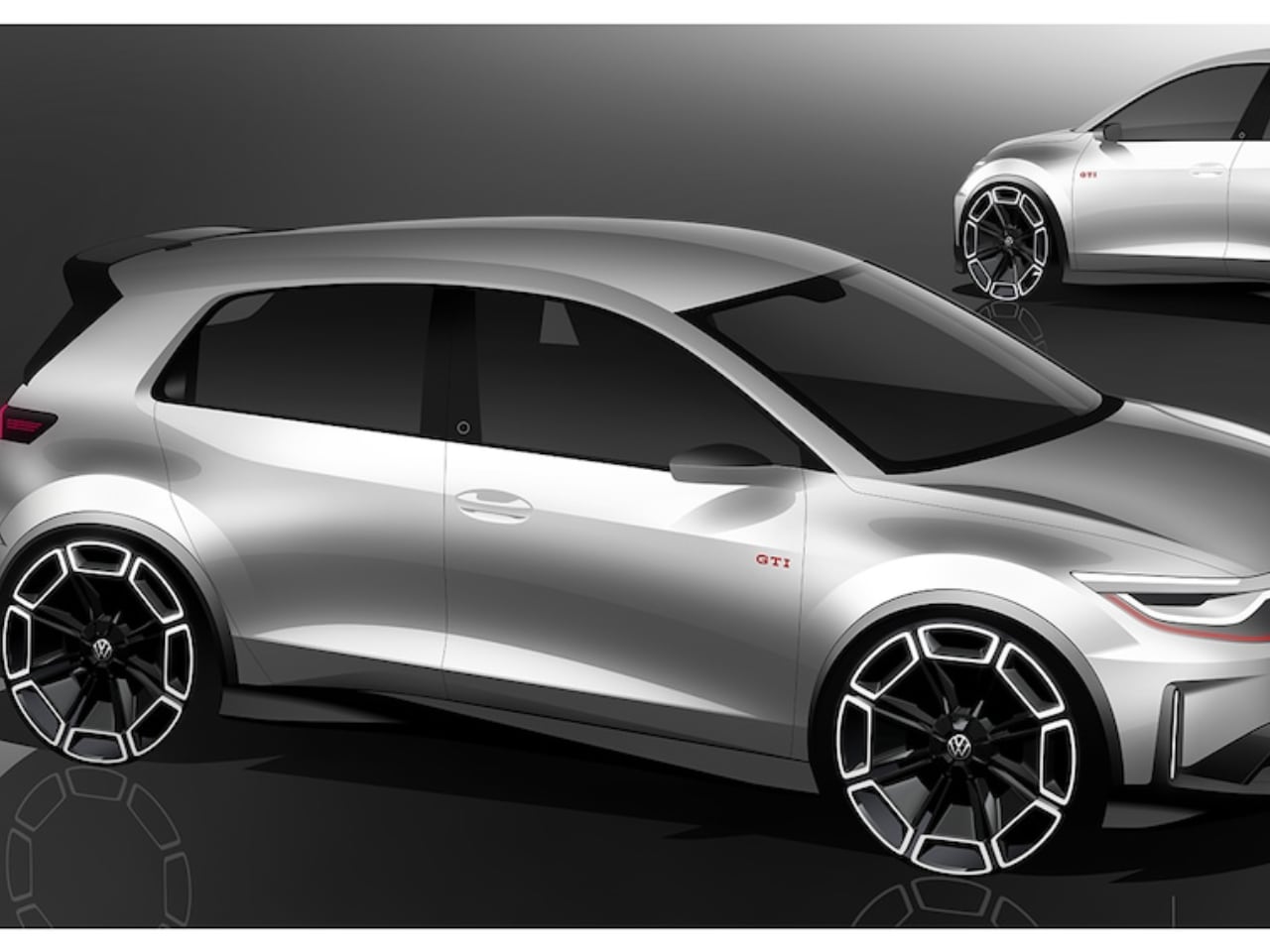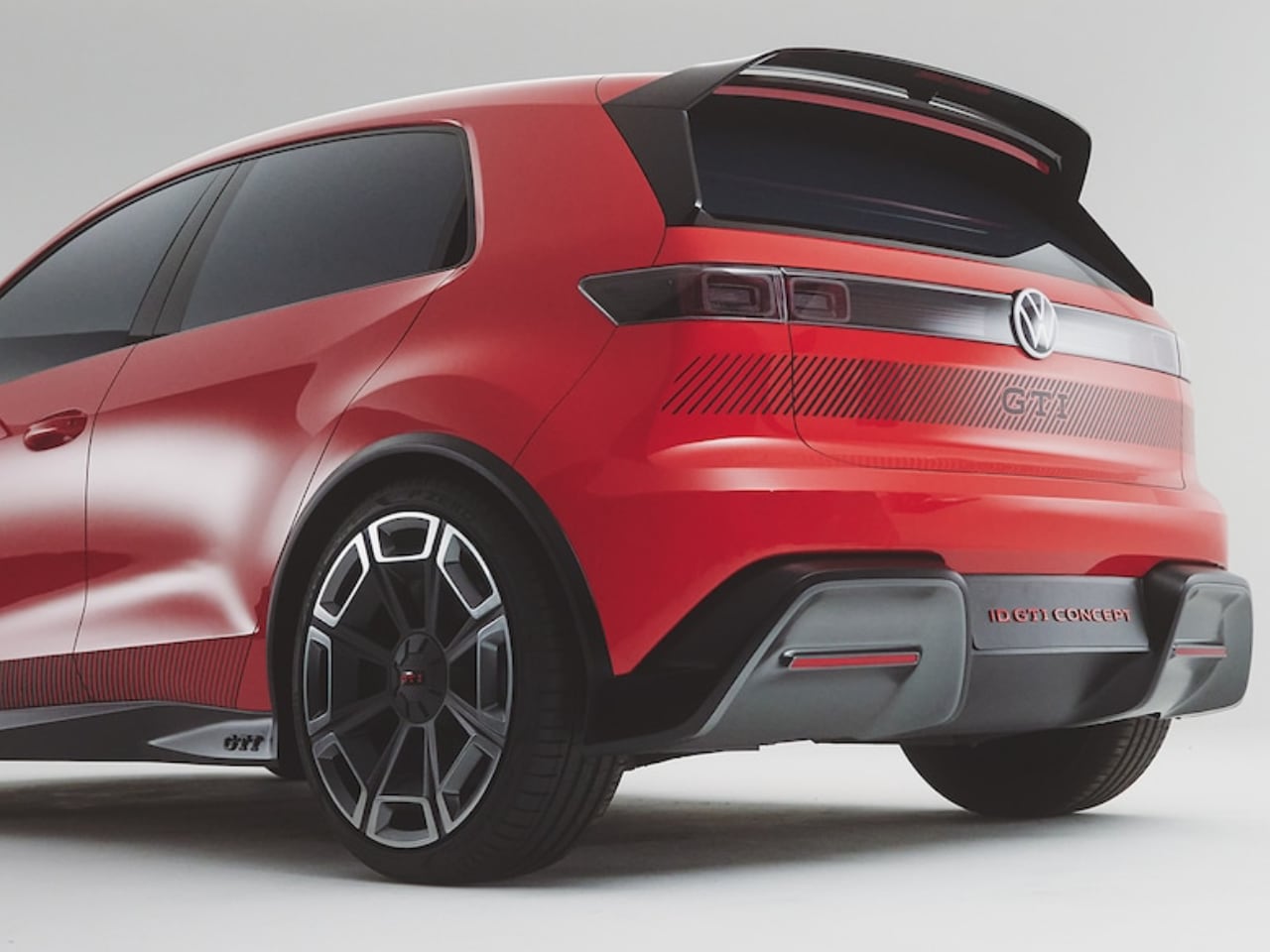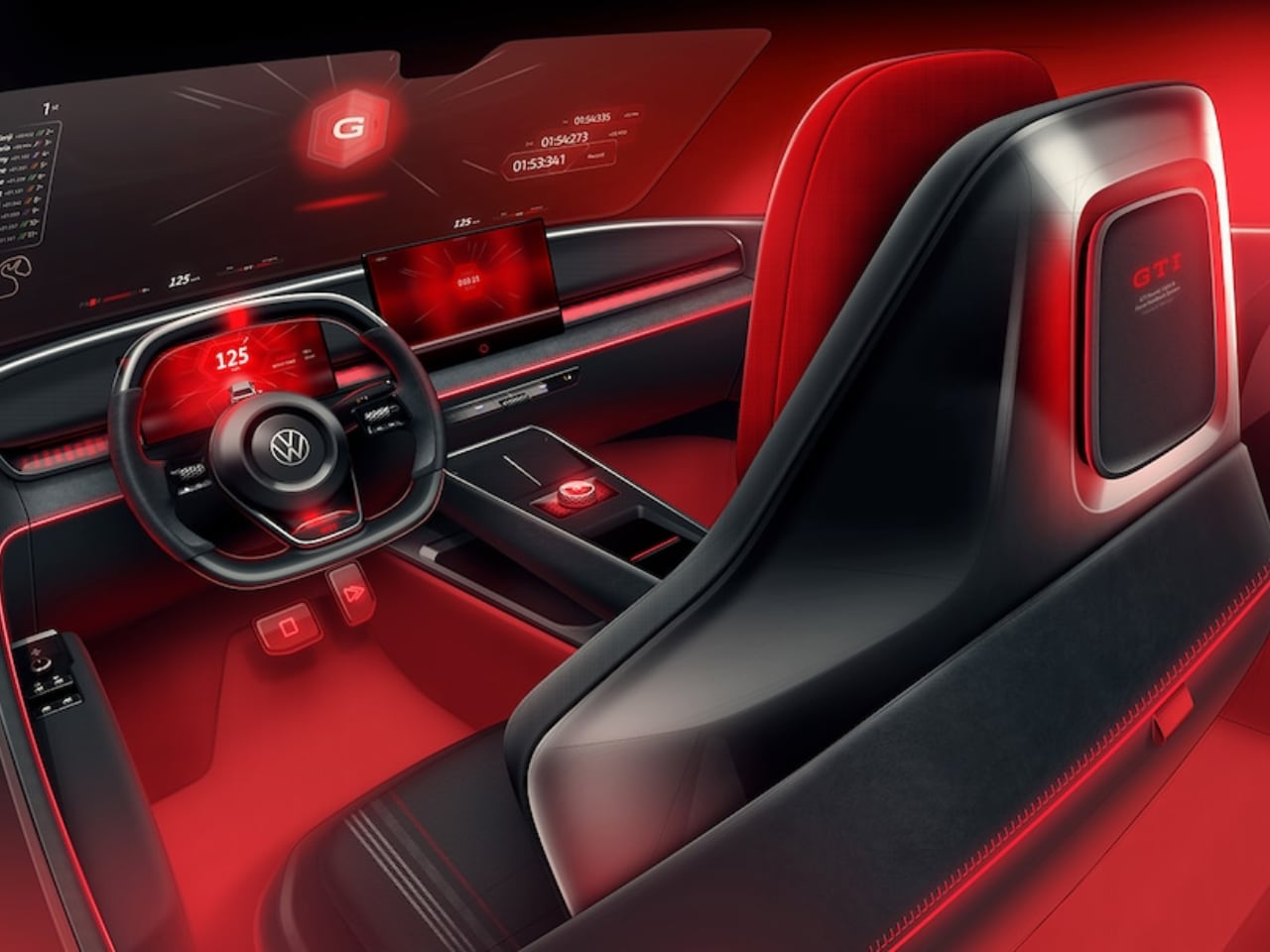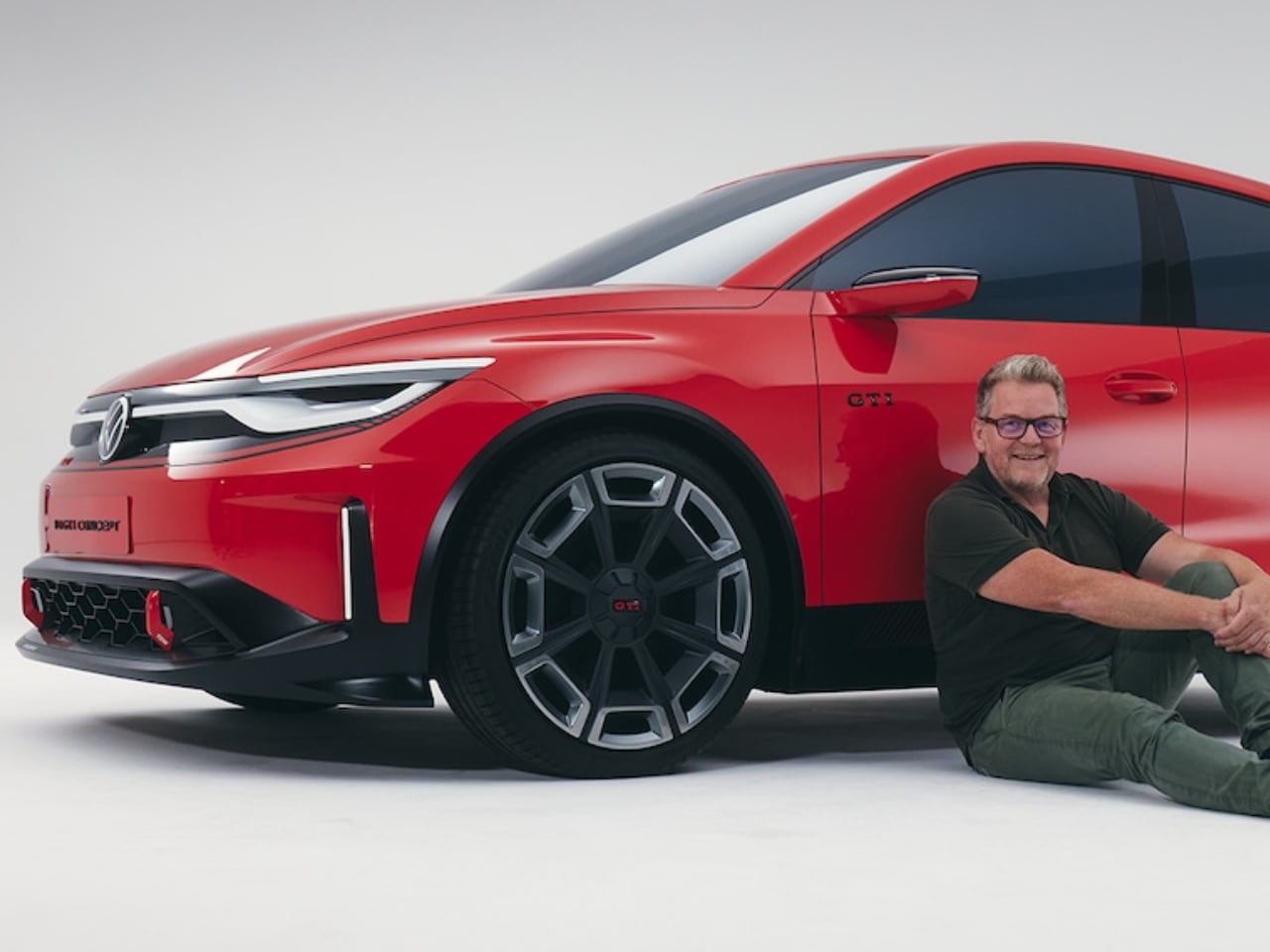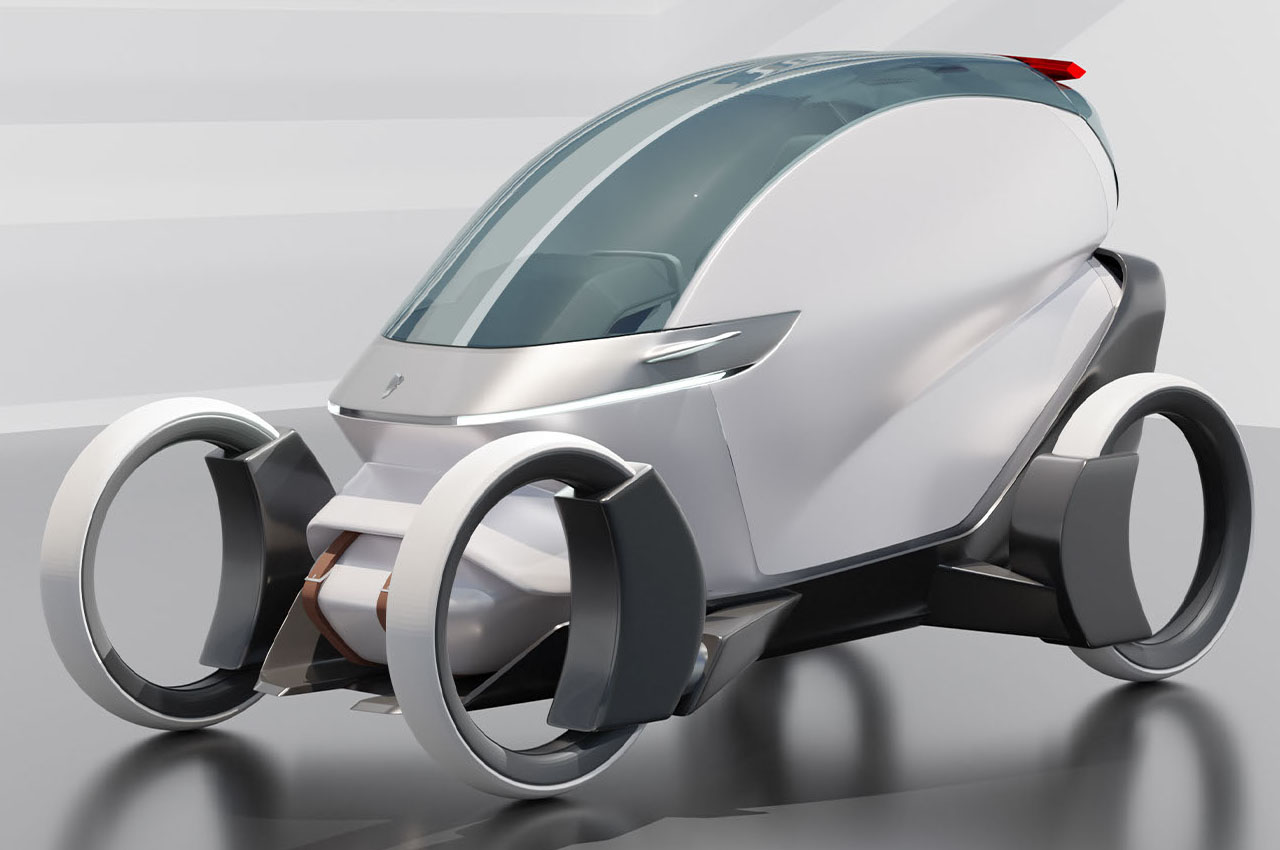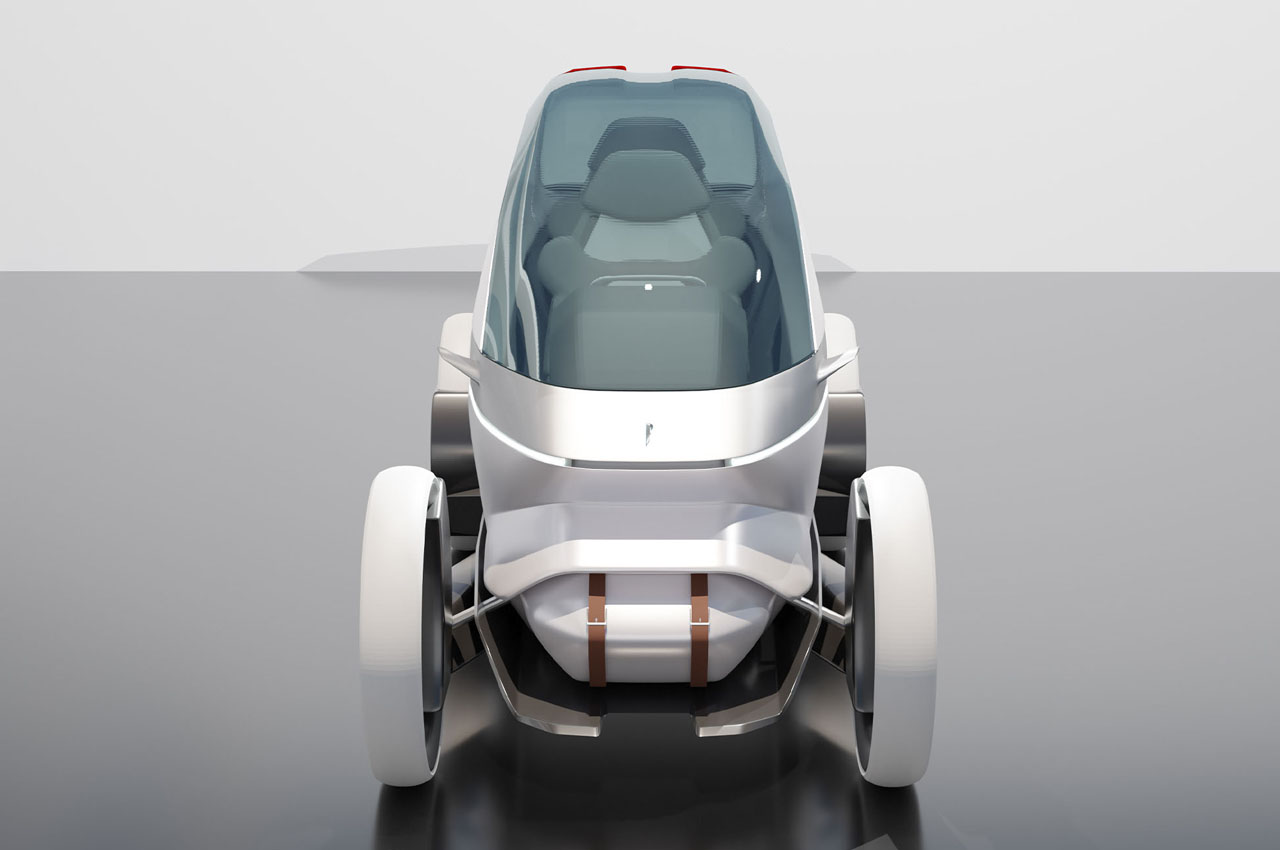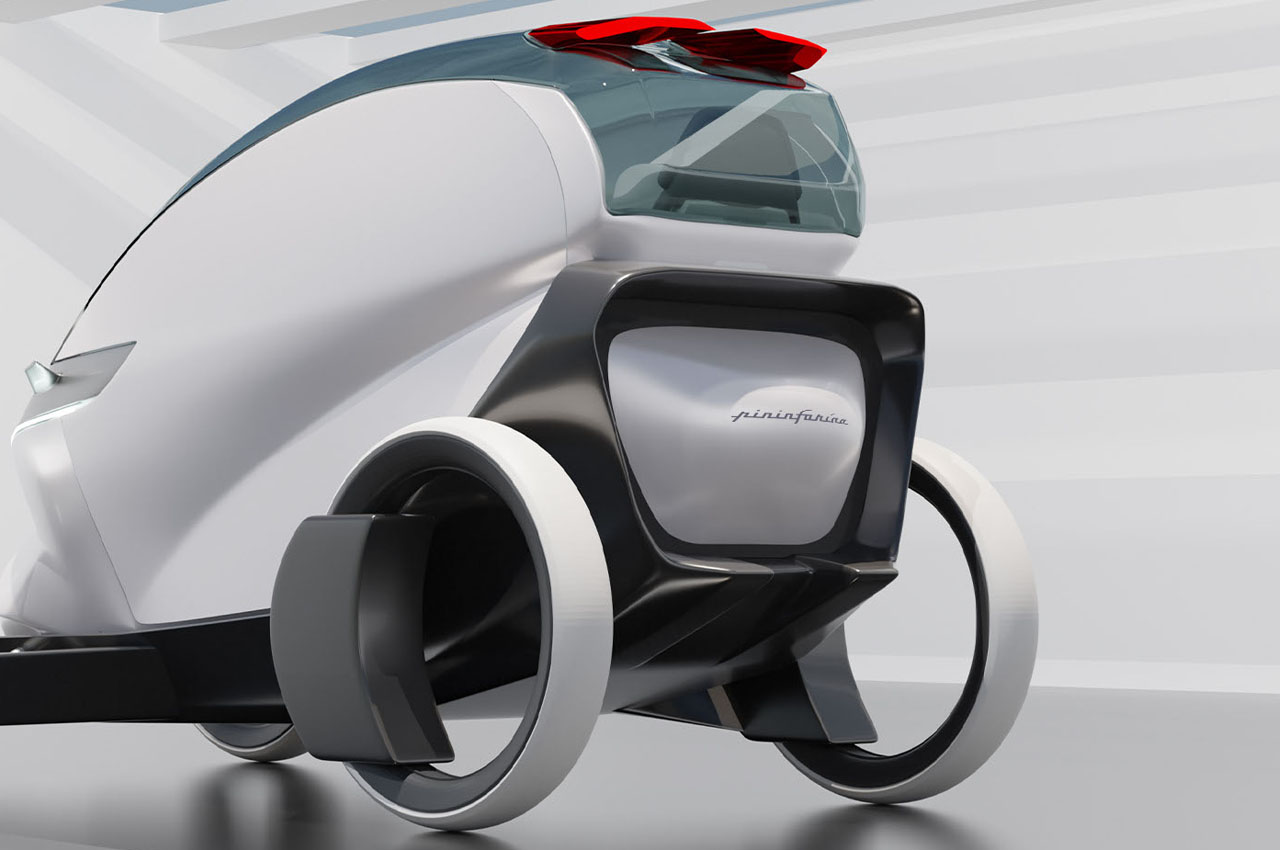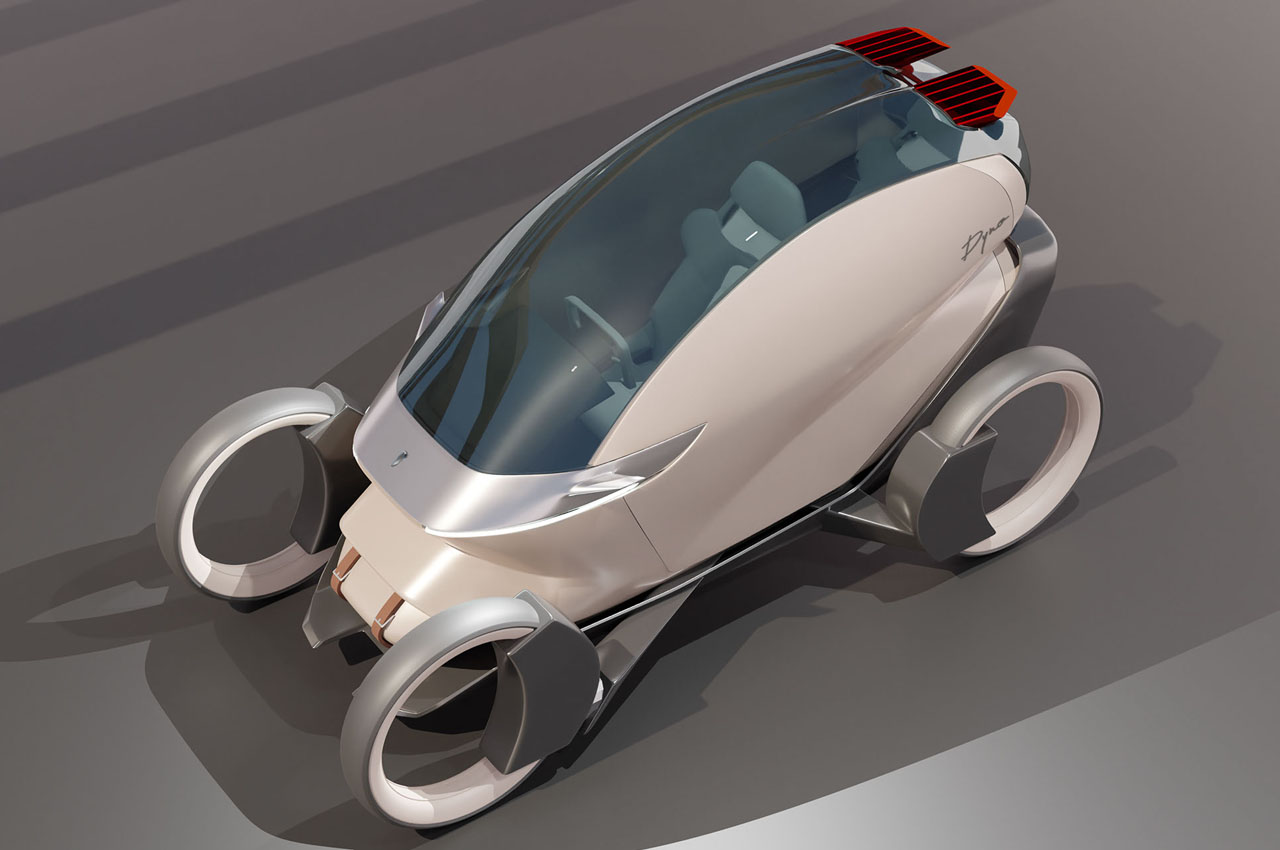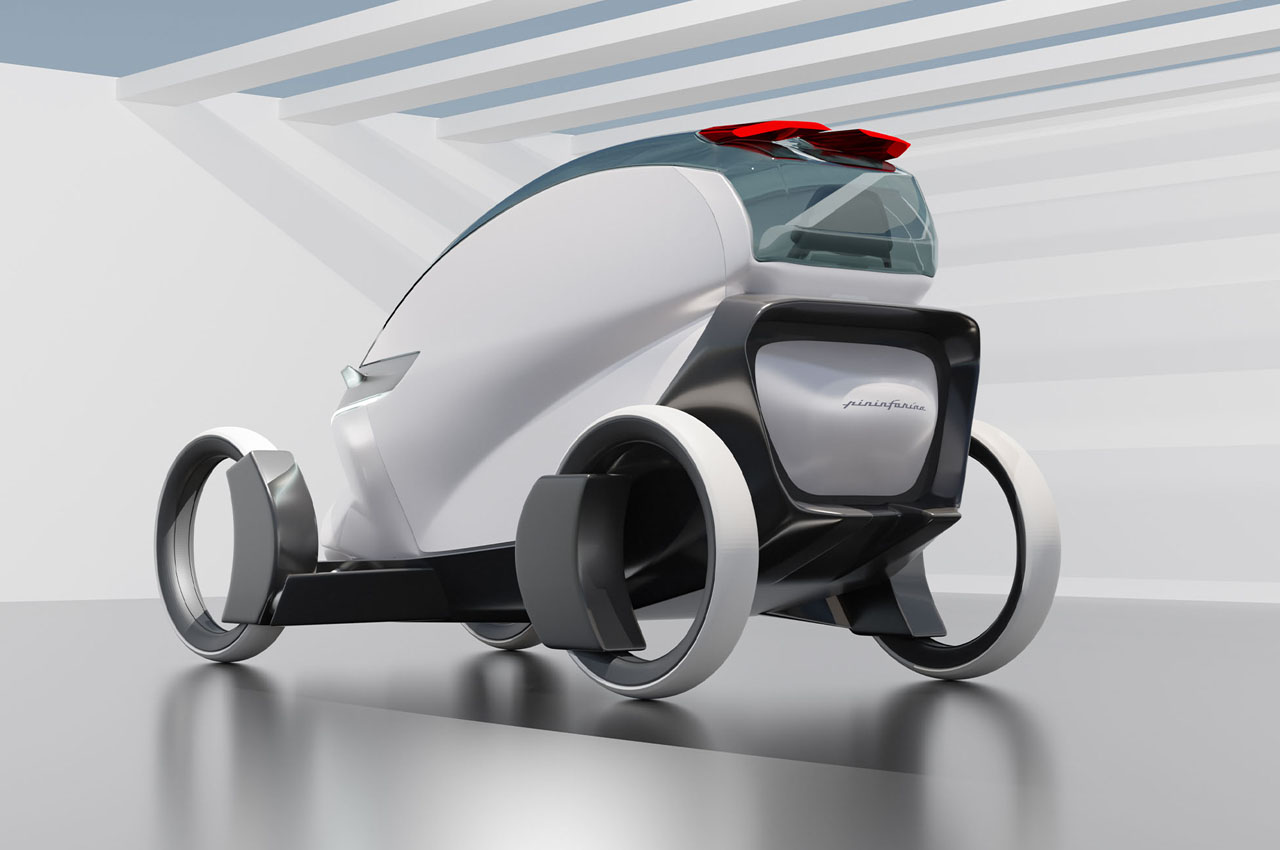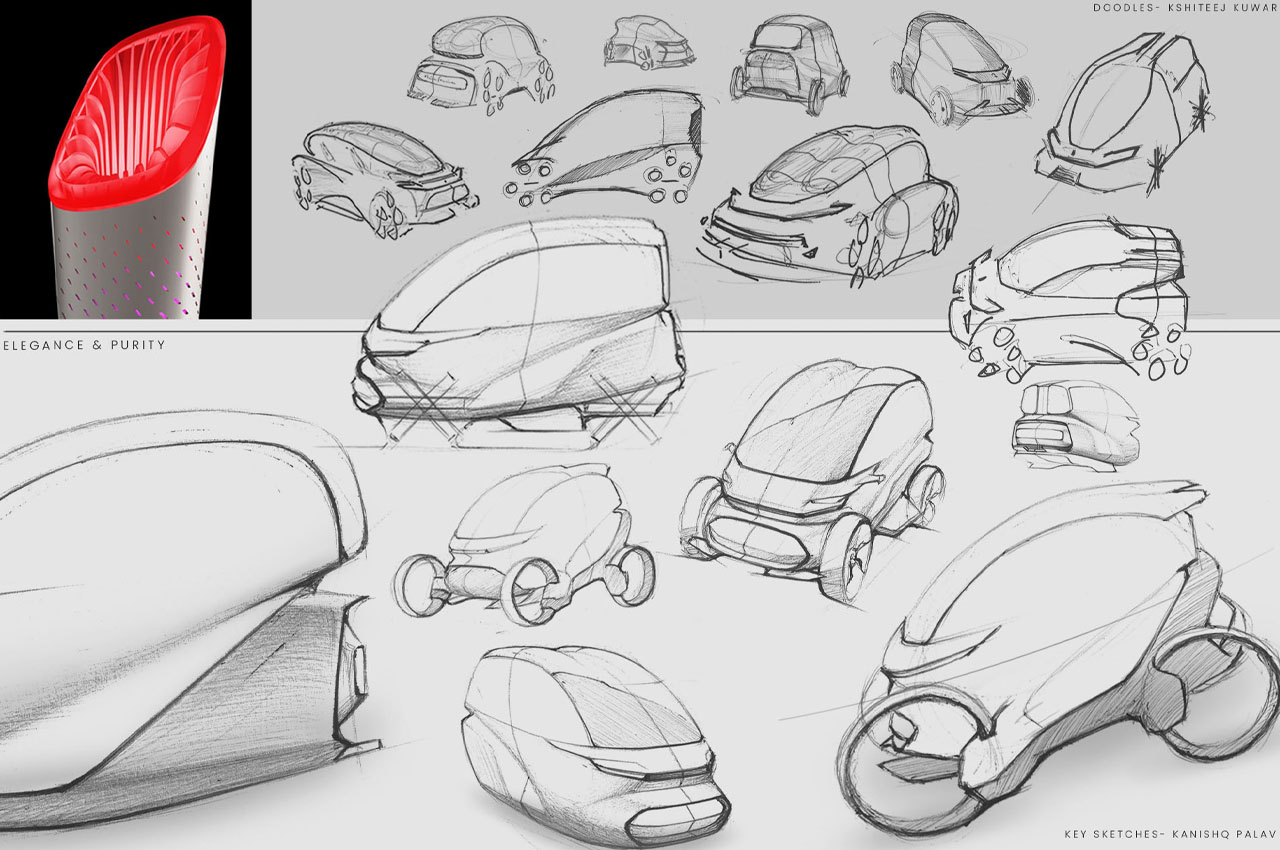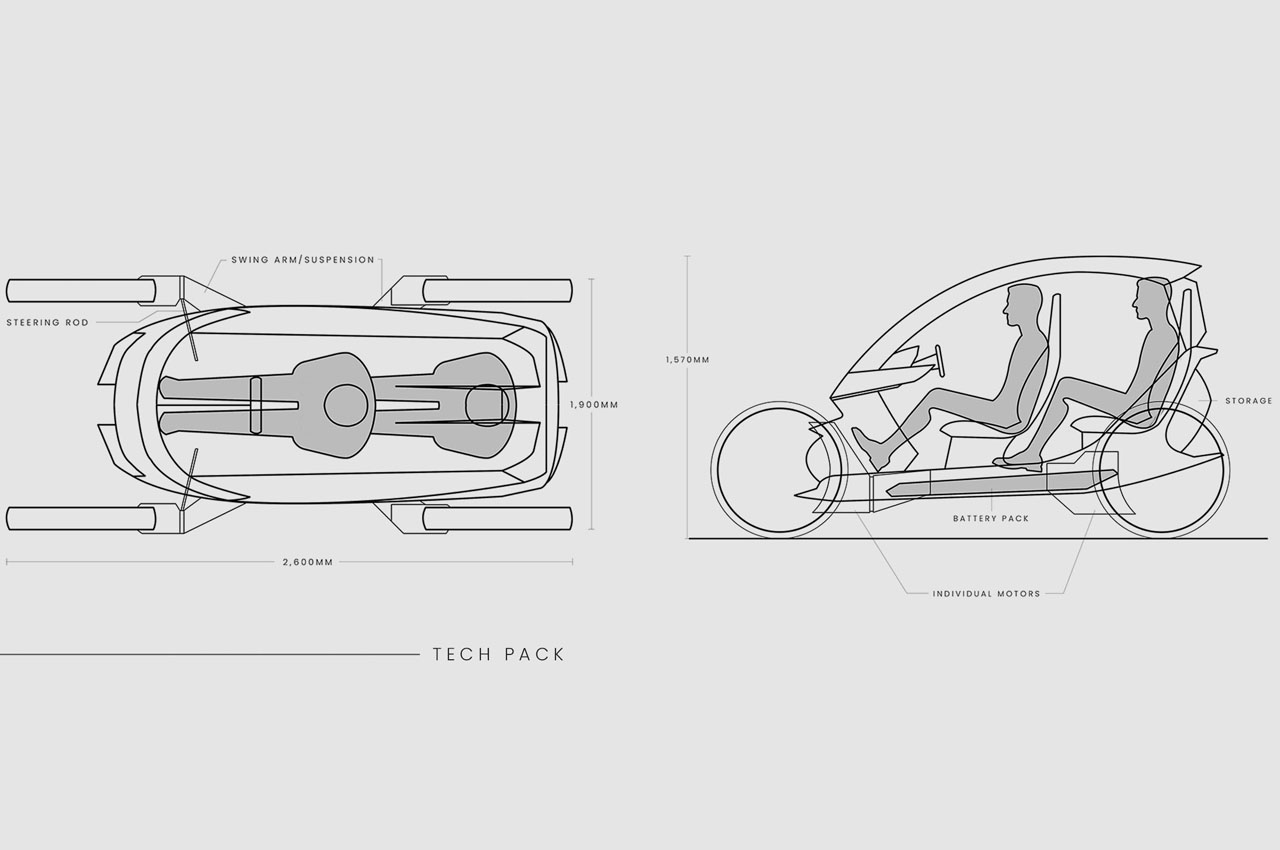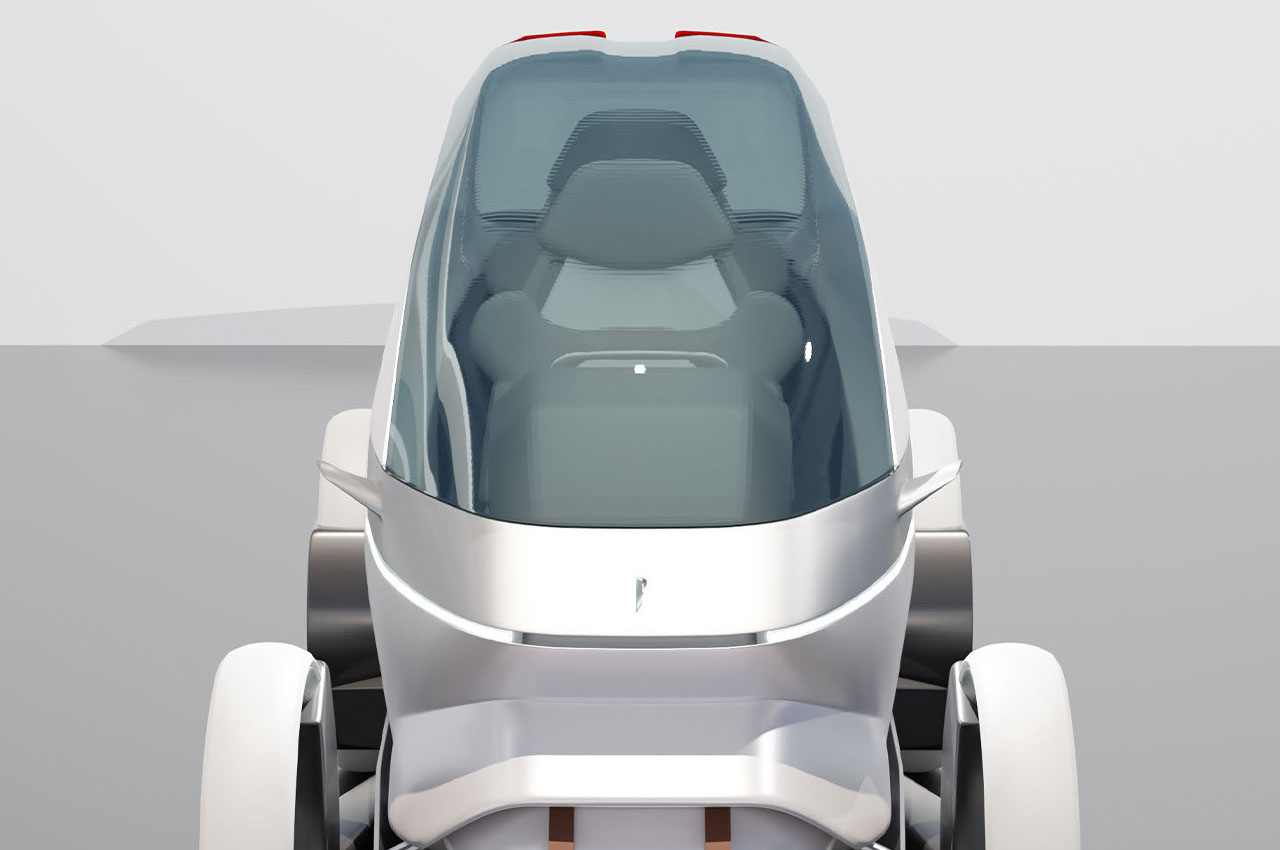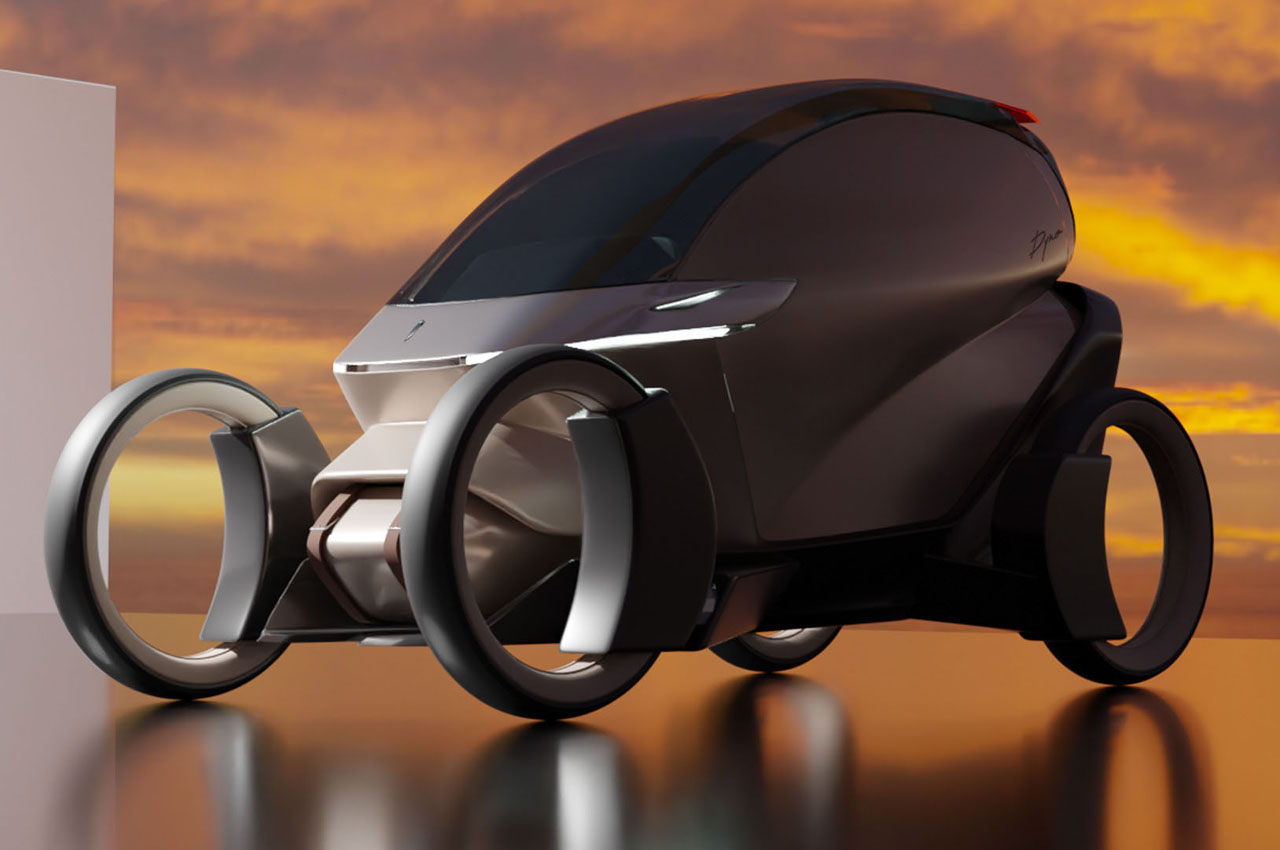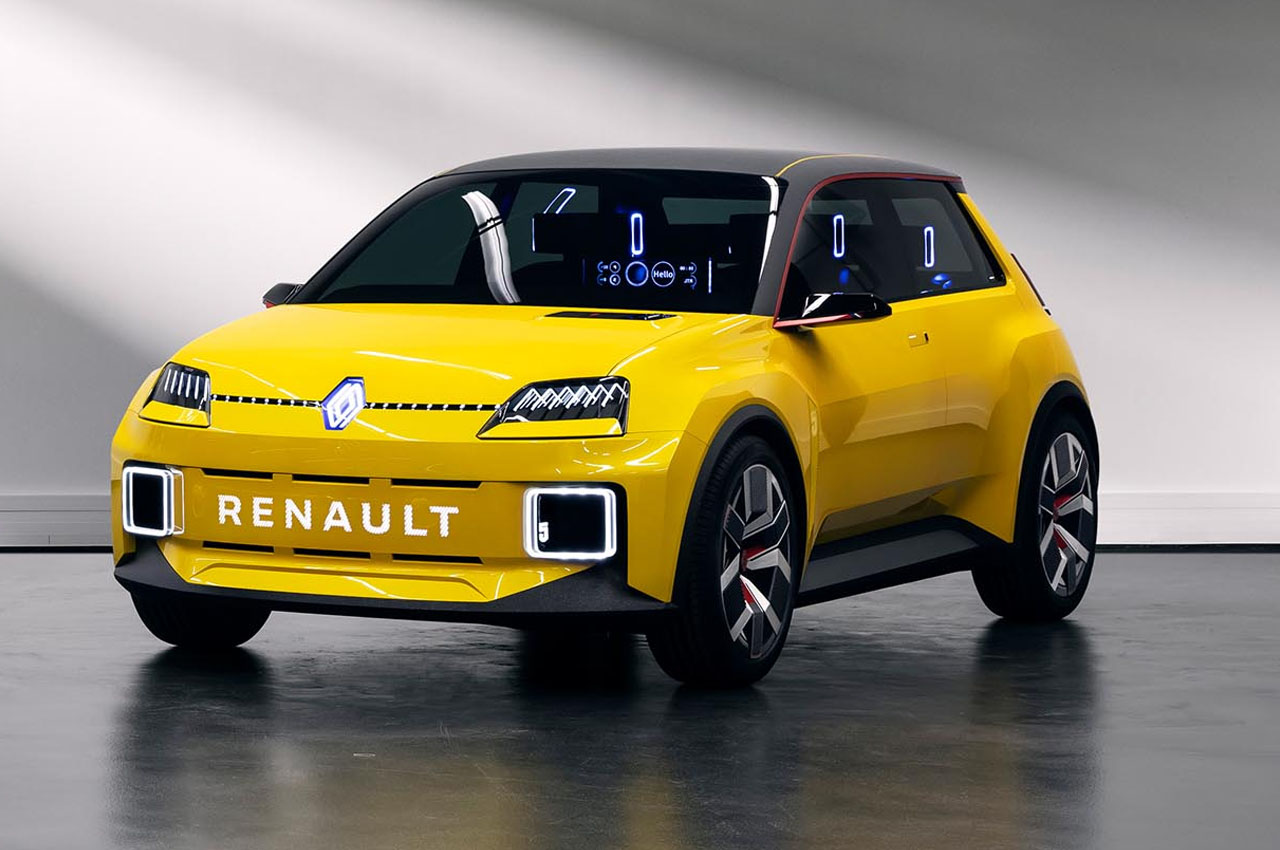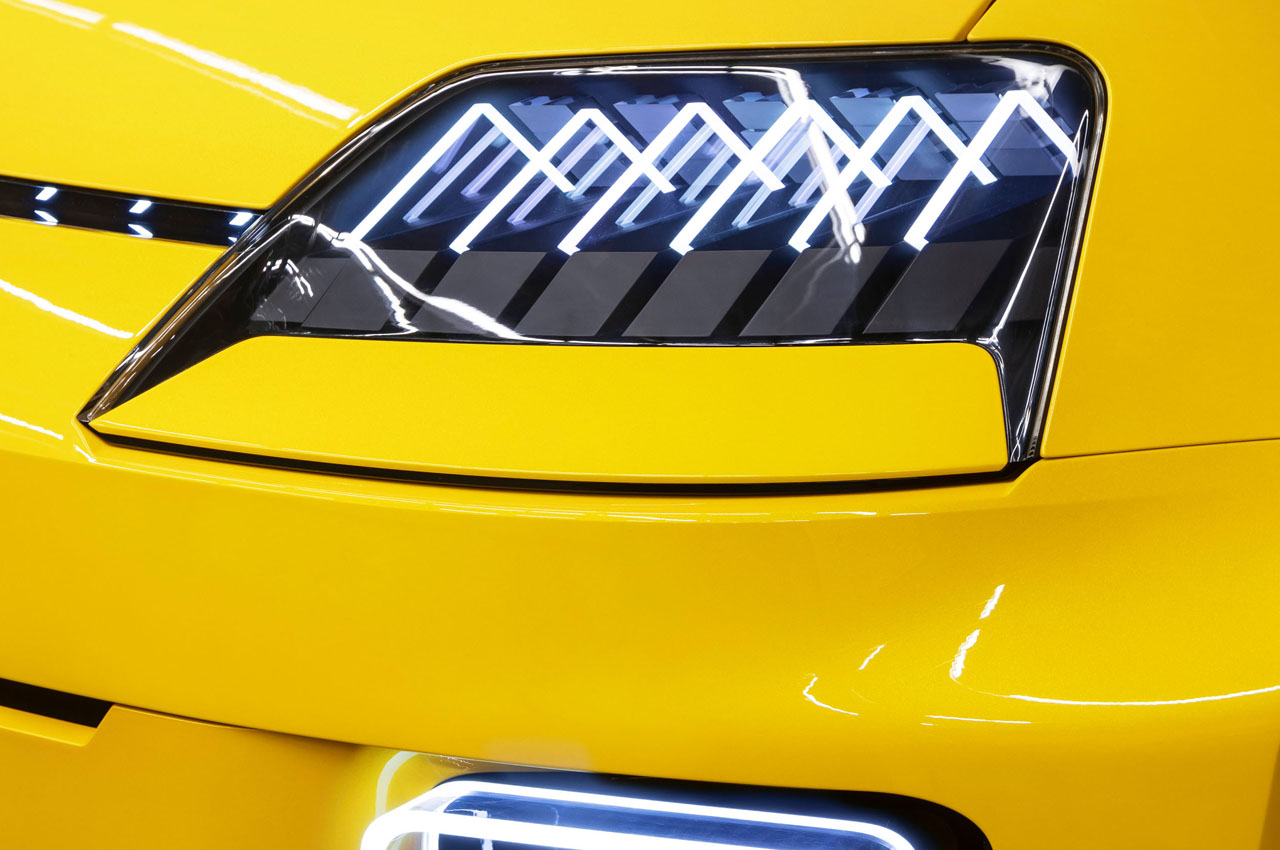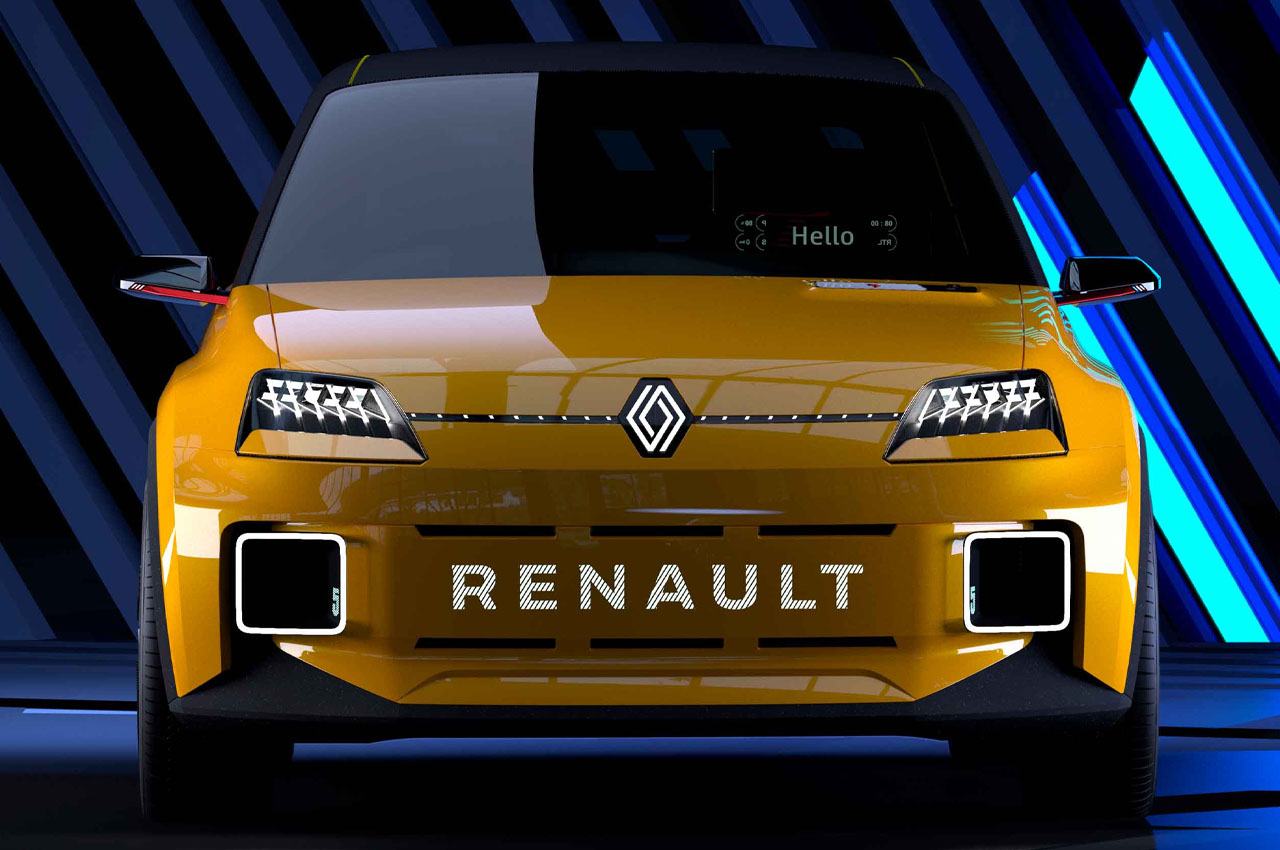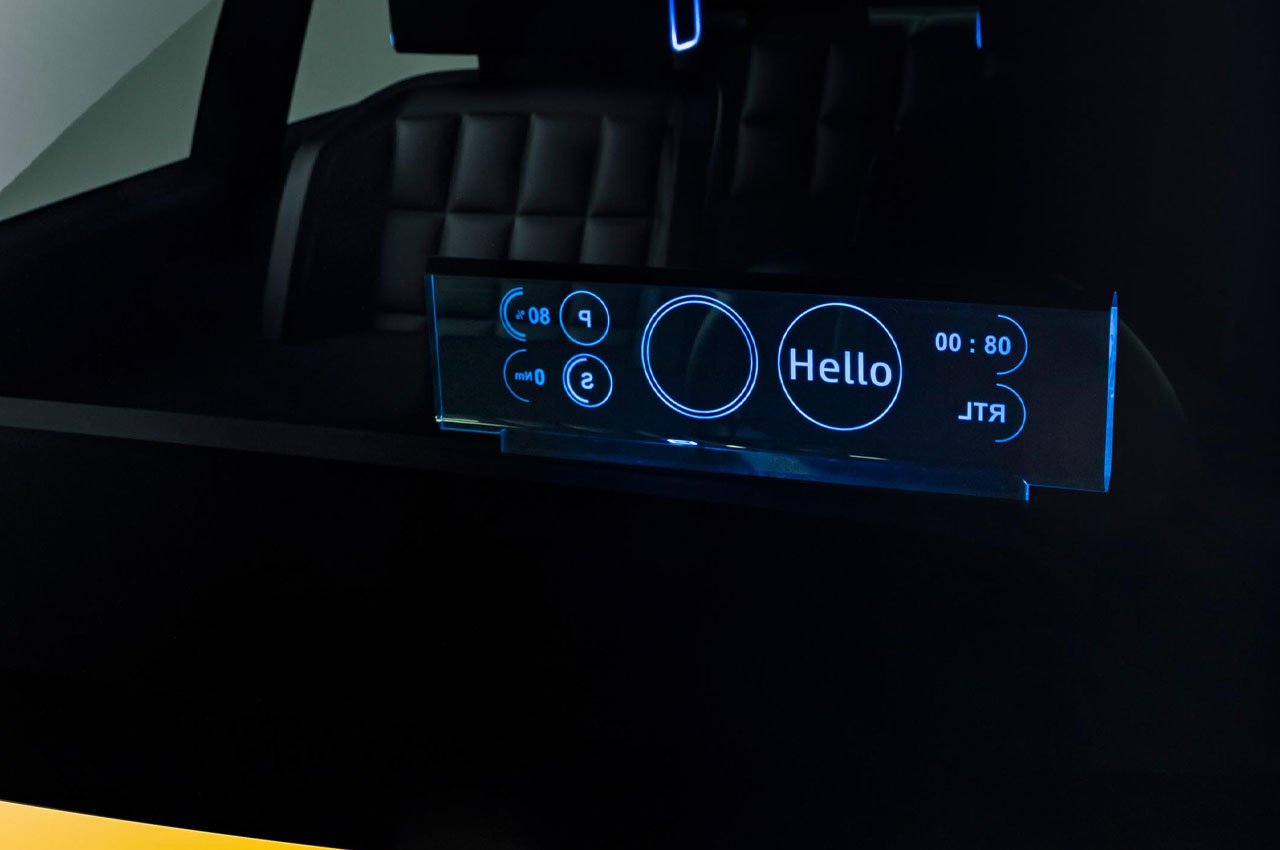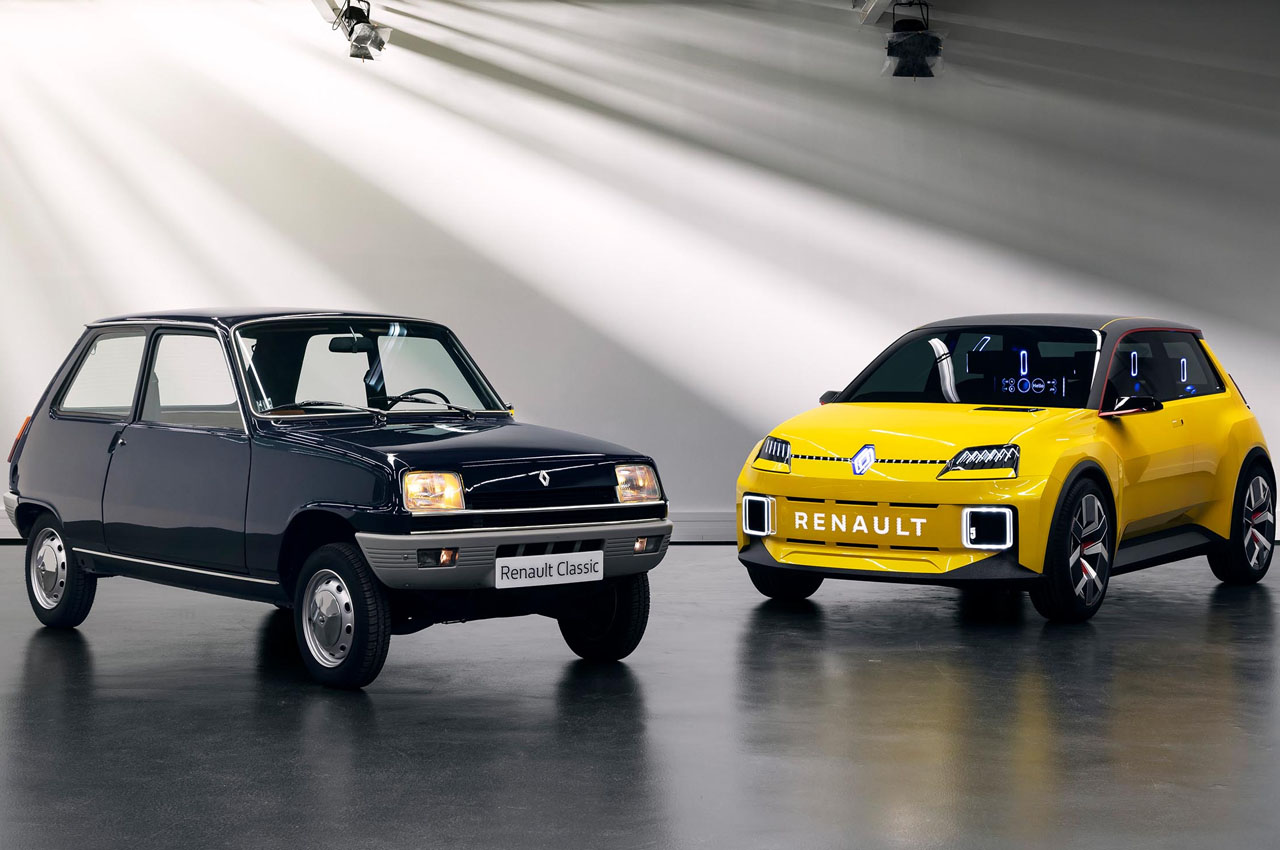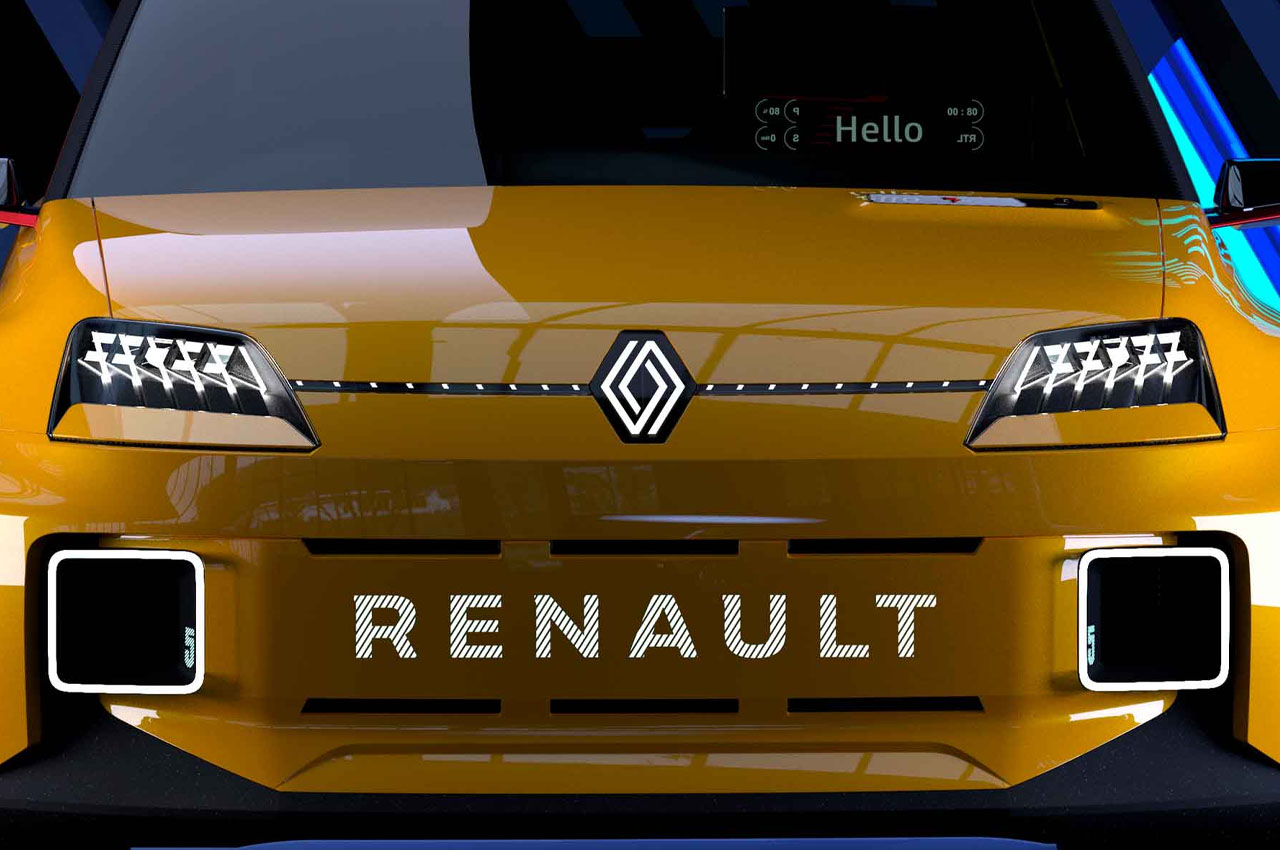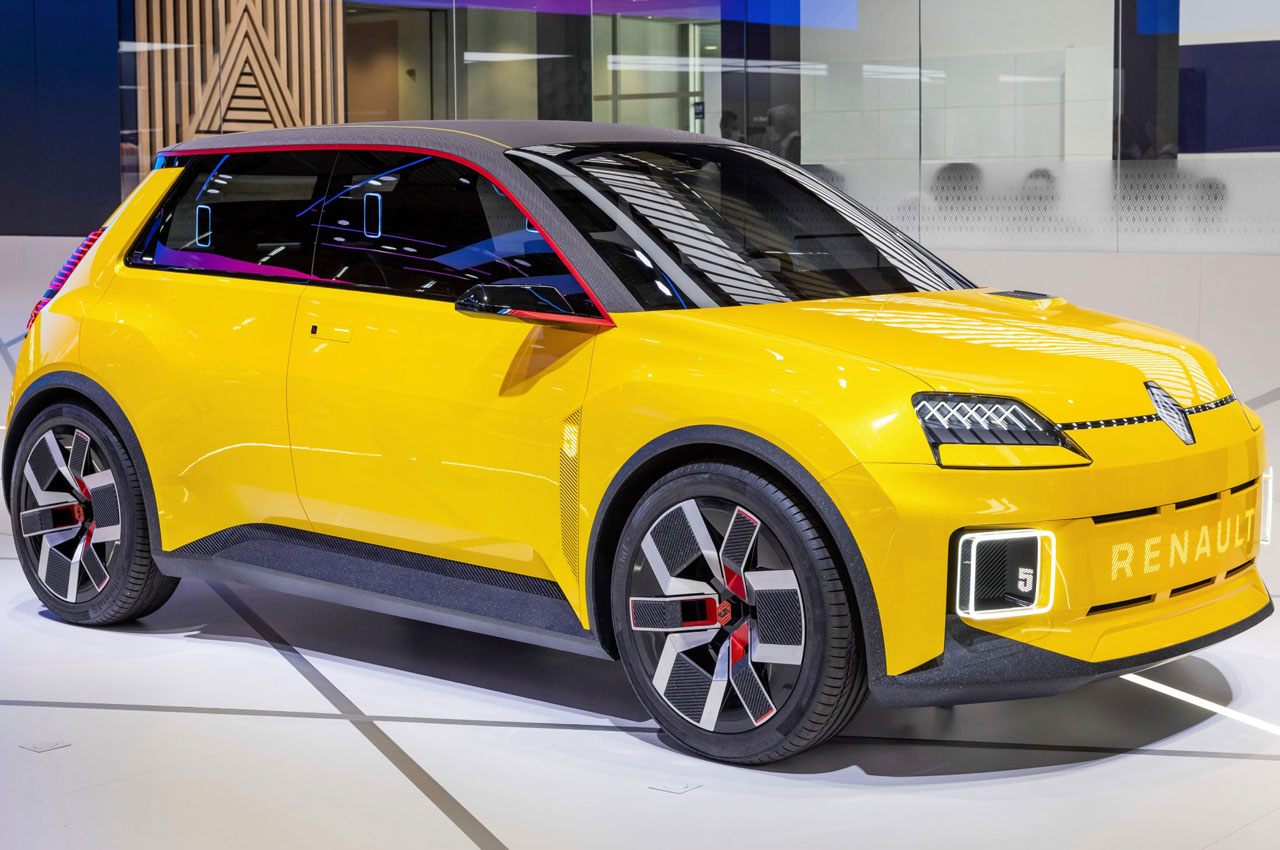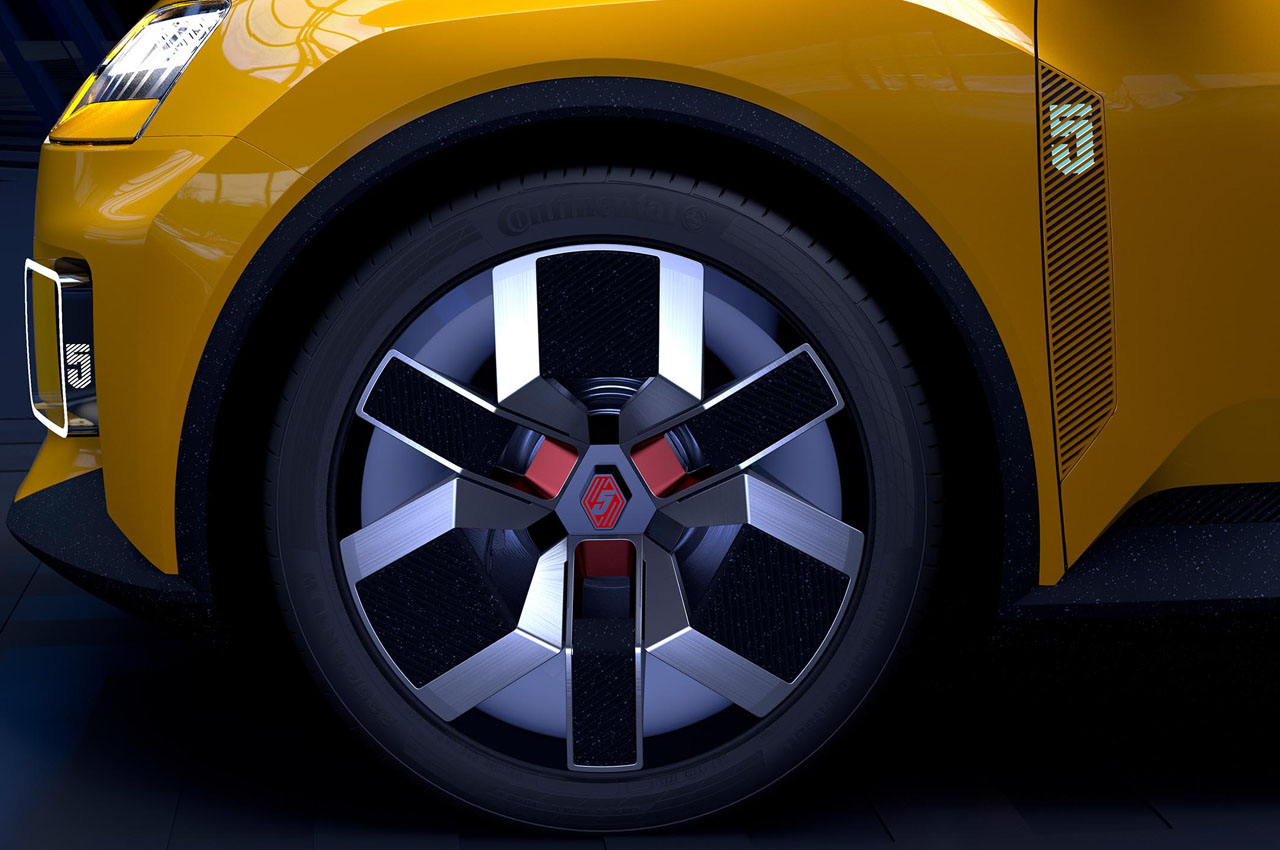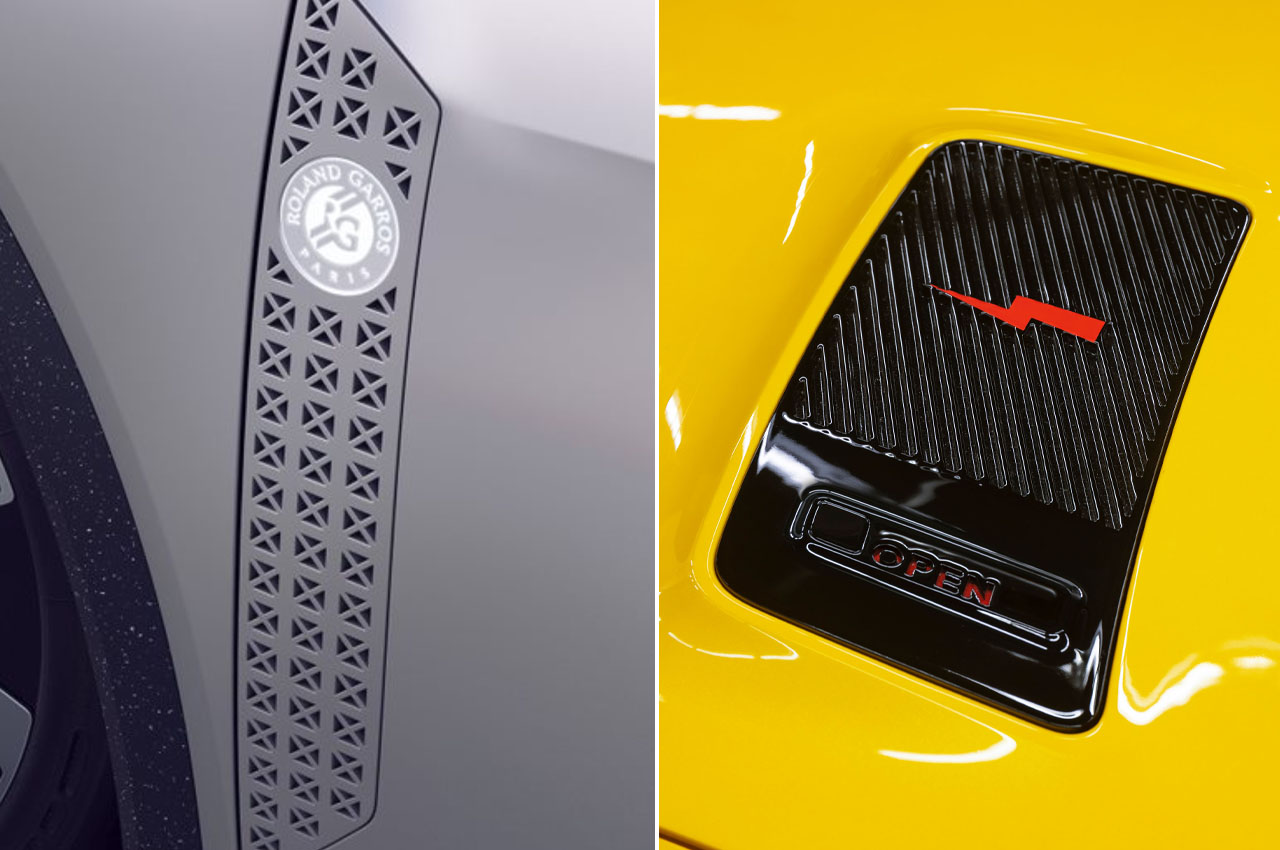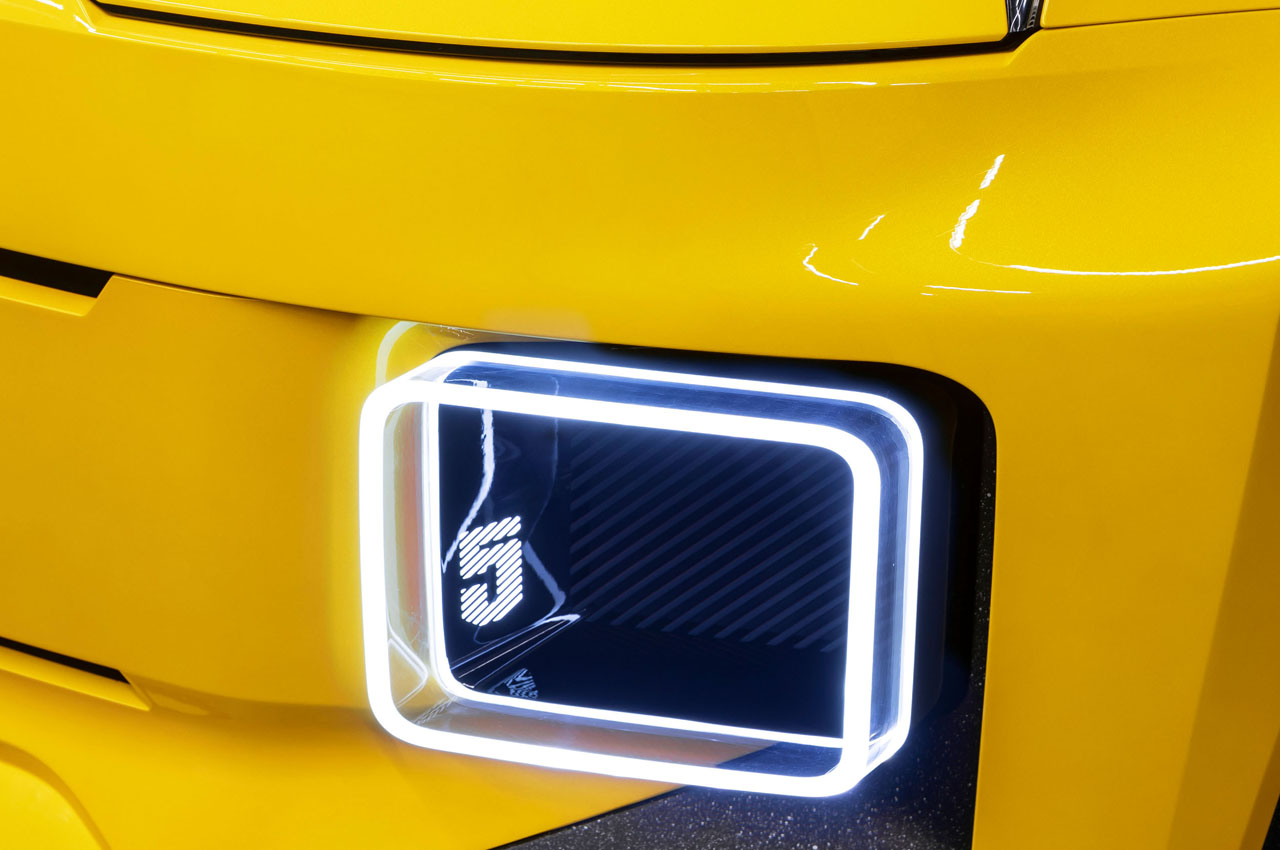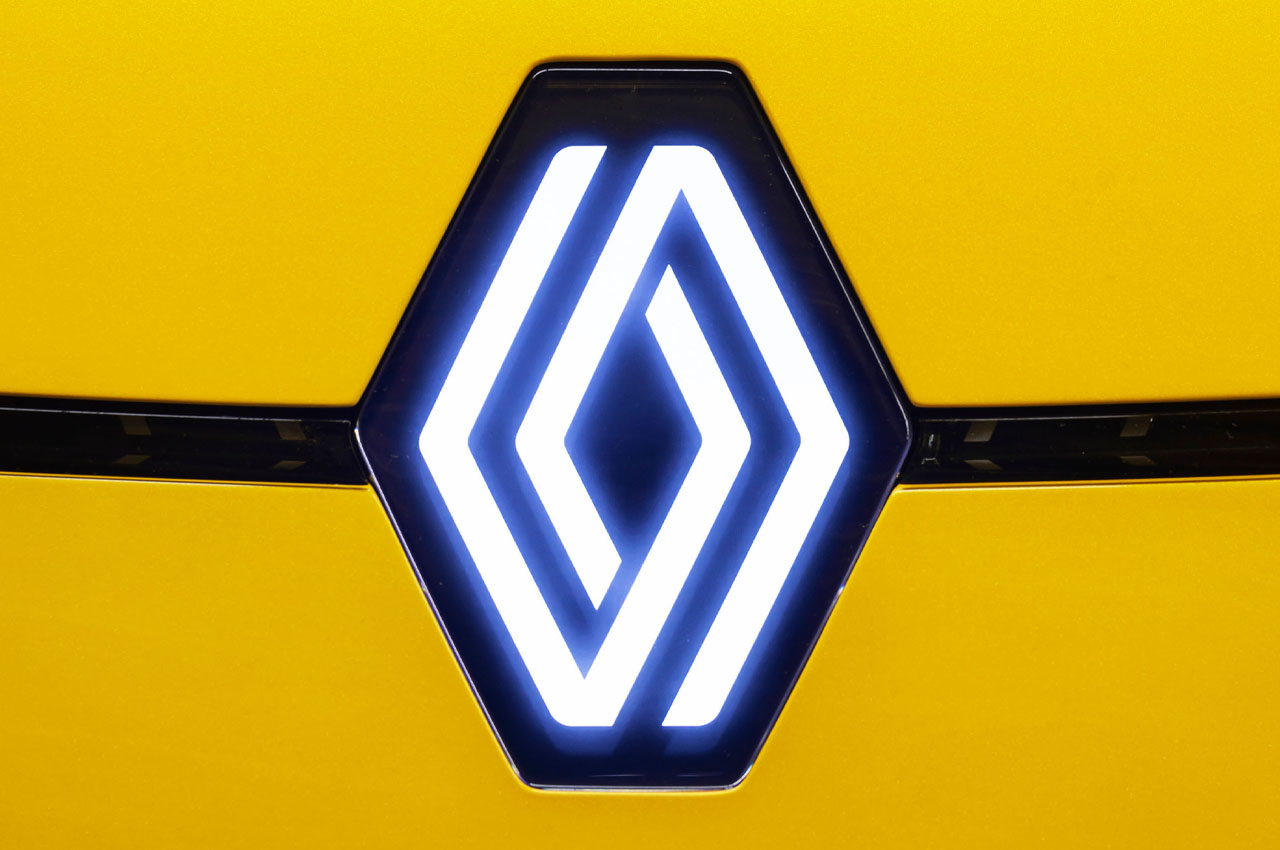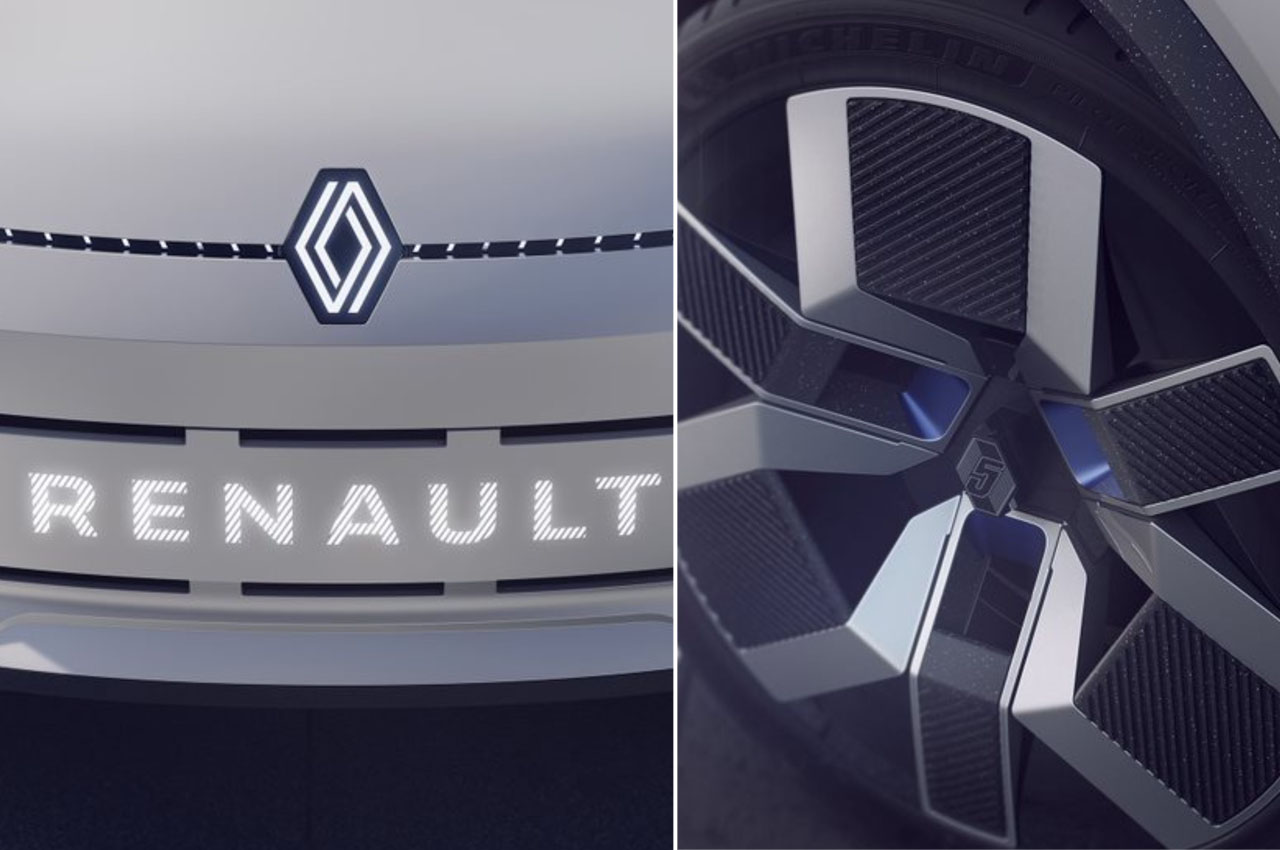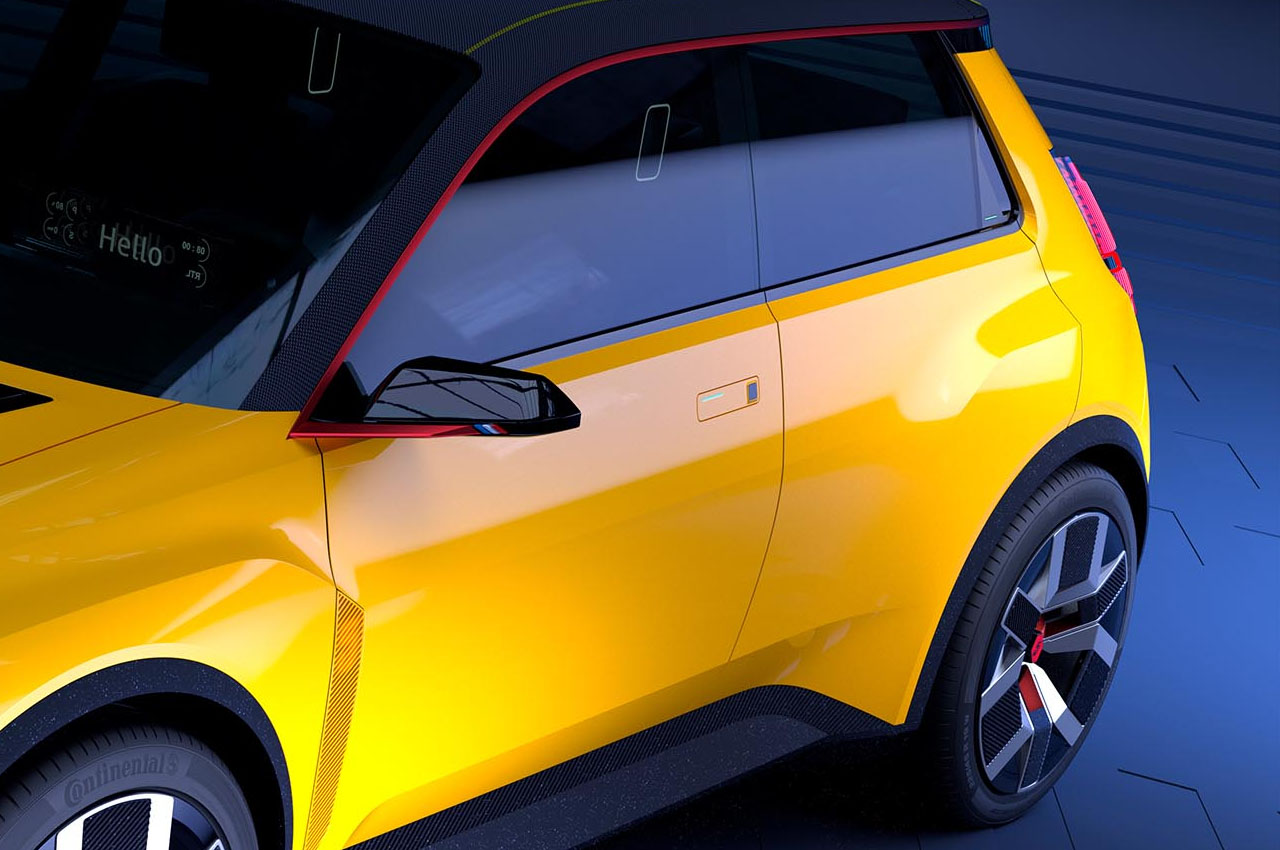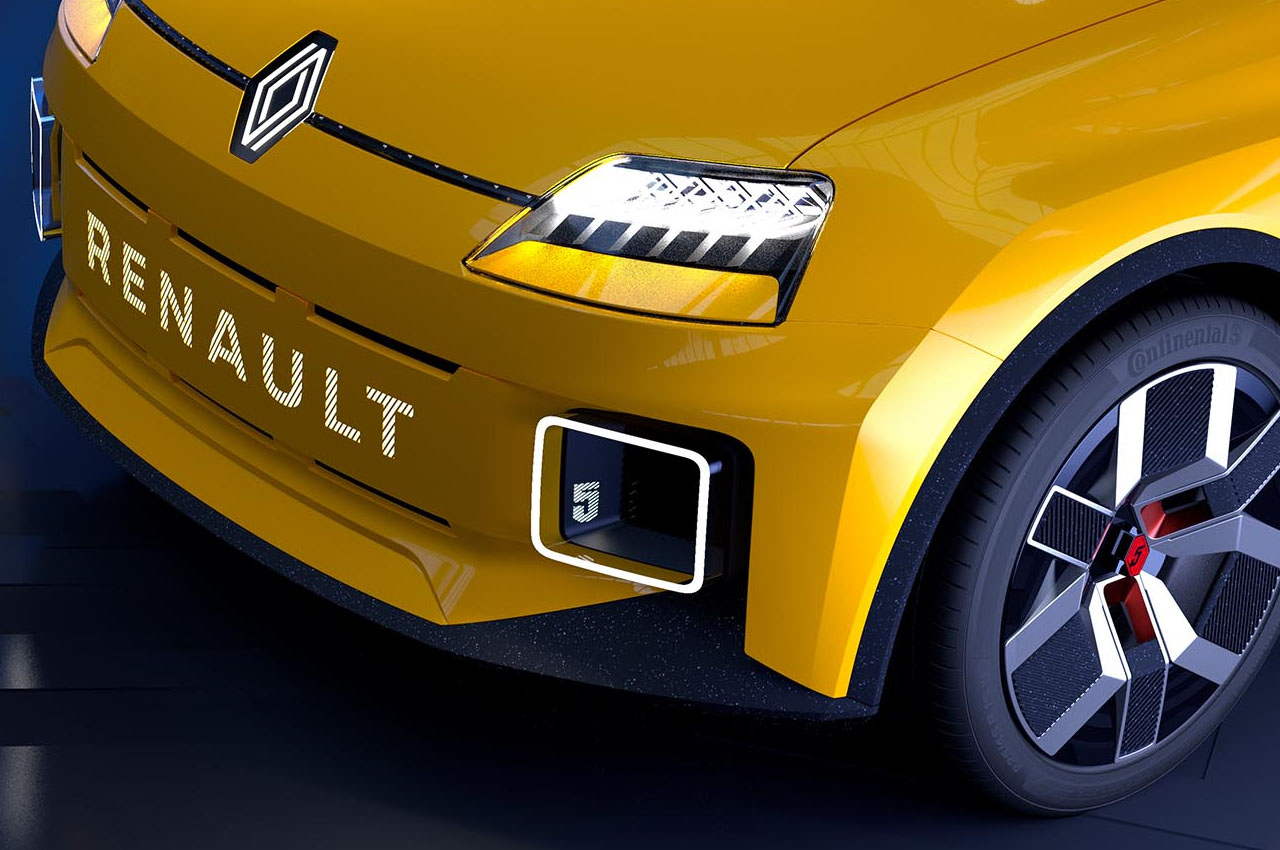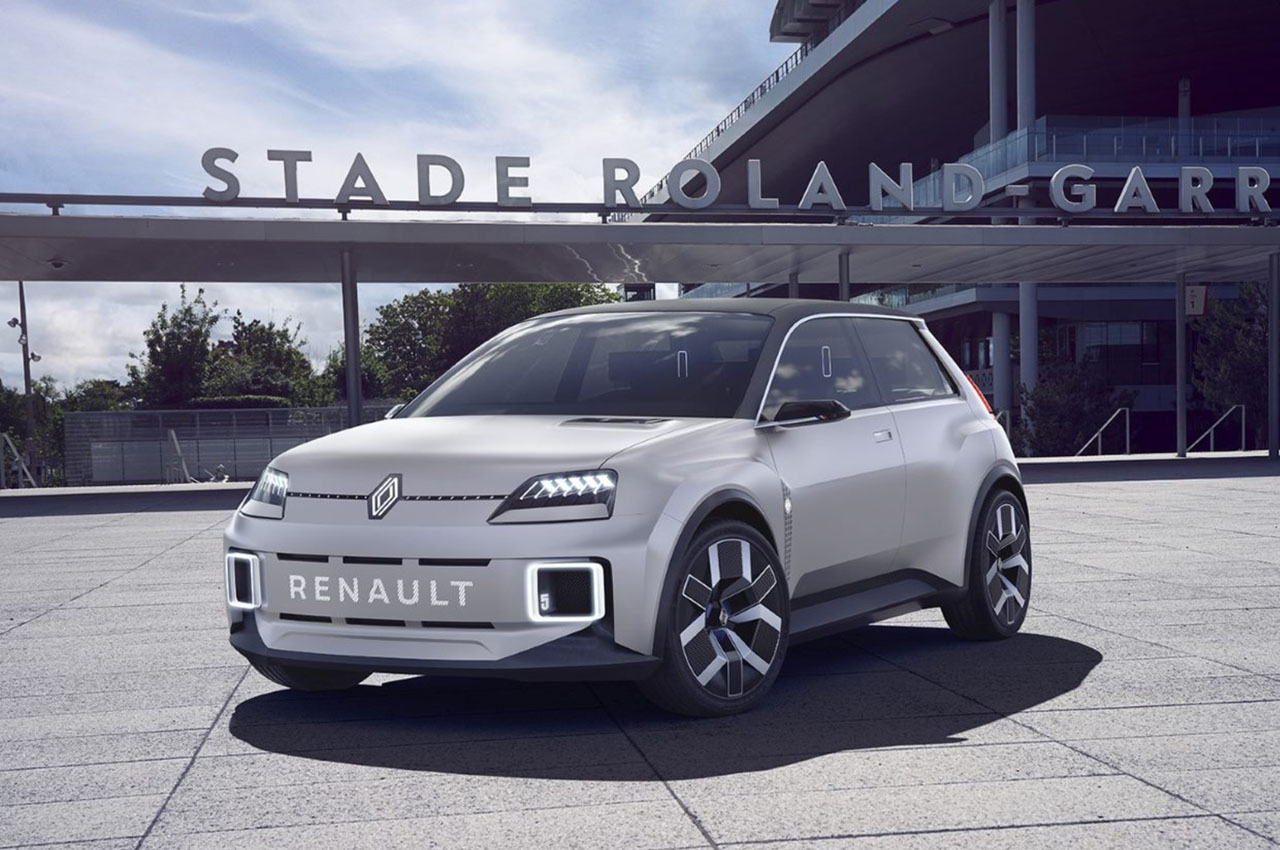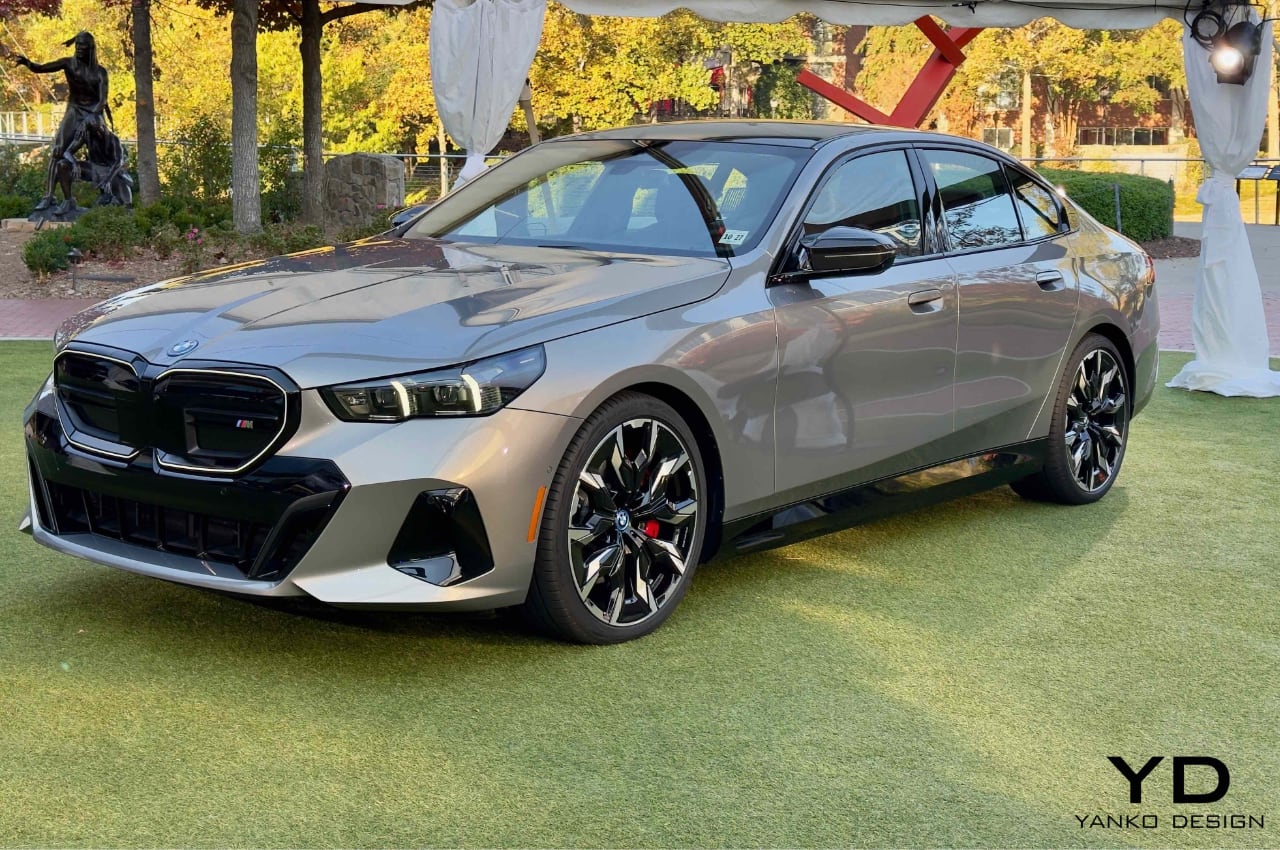
The all-new, all-electric BMW i5 represents a pivotal moment in the evolution of the BMW 5 Series, introducing two electrified variants that masterfully combine speed, cutting-edge technology, and comfort into a compelling package. For those contemplating the fully electric 5-series sedan, the choices include the i5 M60 xDrive and the i5 eDrive40, each offering a distinctive mix of enjoyment, comfort, and luxury within the electric driving realm. The optimal selection hinges on your speed requirements and budget considerations. I had the opportunity to experience both models at BMW’s 2023 TestFest, and here are my initial impressions.
Designer: Christopher Weil, Head of Exterior Design for BMW

As the Head of Exterior Design for BMW, Christopher Weil has played a pivotal role in shaping these two new additions to the 5-Series EV lineup, complementing BMW’s existing electric vehicle range, including the i4, i7, and the stylish iX SUV. After testing the i4, i7, and iX SUV, I found that the 5 series strikes the perfect balance in size, driving dynamics, comfort, and both interior and exterior design aesthetics.
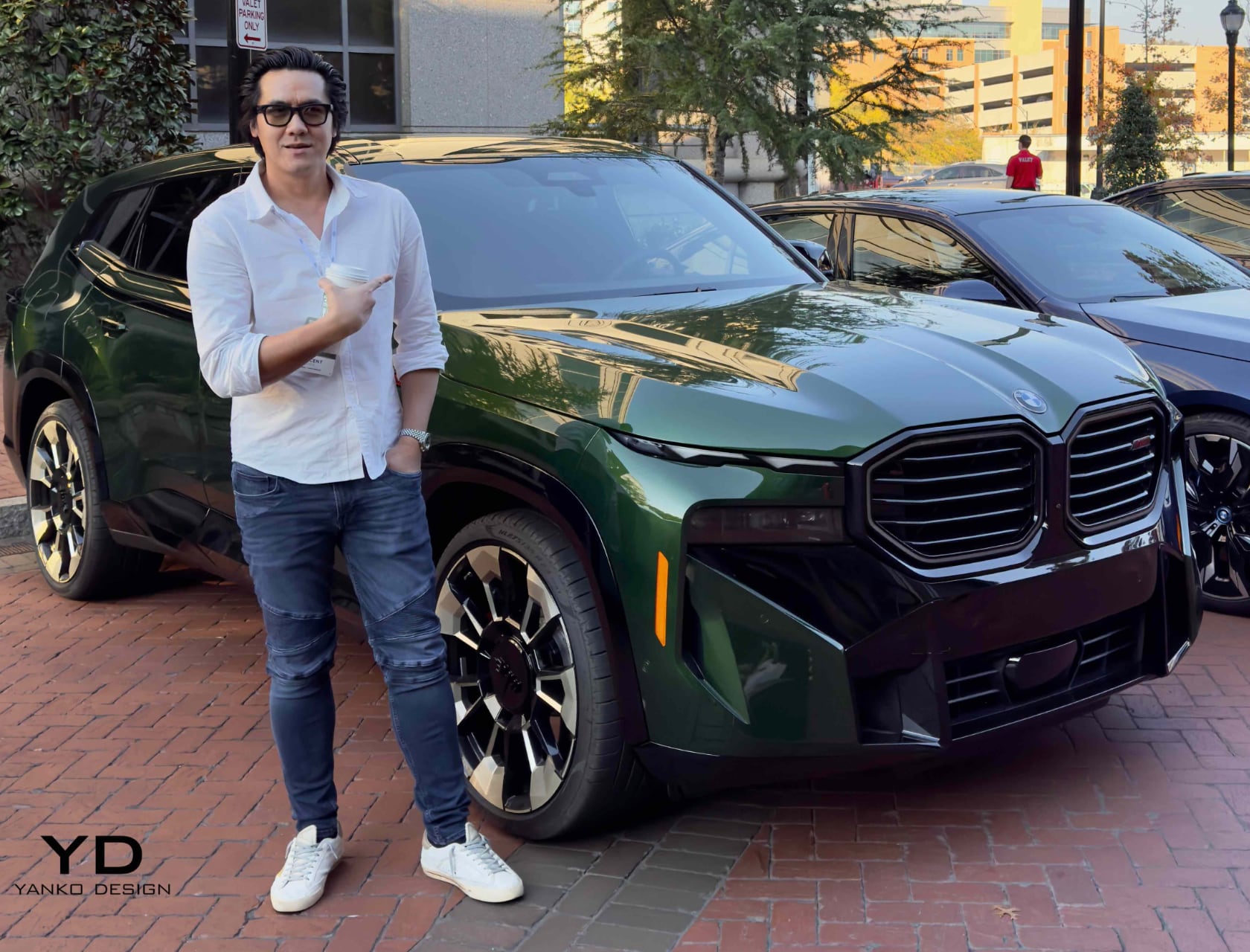
The BMW i5 M60 xDrive stands out as the more potent variant, showcasing BMW’s commitment to powerful electric mobility. Boasting an impressive 593 hp and 549 lb-ft of torque, it accelerates 0-60 mph in just 3.7 seconds. The torque can be temporarily boosted to 605 lb-ft via the Boost paddle on the steering wheel’s left side. This model fuses M Performance DNA with electric efficiency, featuring an all-wheel-drive system with a second electric motor on the front axle for superior handling and grip, thus delivering an exhilarating drive on any terrain. However, its high performance slightly compromises its range, with an estimated 256 miles on a single charge.
On the other hand, the BMW i5 eDrive40 emphasizes efficiency and elegance in electric driving. It boasts 335 horsepower and 295 pound-feet of torque. However, a paddle on the left-hand side of the steering wheel can increase this to 317 ft-lb by activating the Sport Boost or Launch Control functions. BMW asserts that the i5 eDrive40 can accelerate from zero to 60 mph in 5.7 seconds and has an electronically capped top speed of 120mph. Its rear-wheel-drive layout stays true to the brand’s heritage, offering a balanced and engaging drive. The eDrive40 shines in its range efficiency, boasting an estimated 295 miles. It makes it the perfect everyday car for commuting or shuttling the kids between school activities and longer drives to the office.
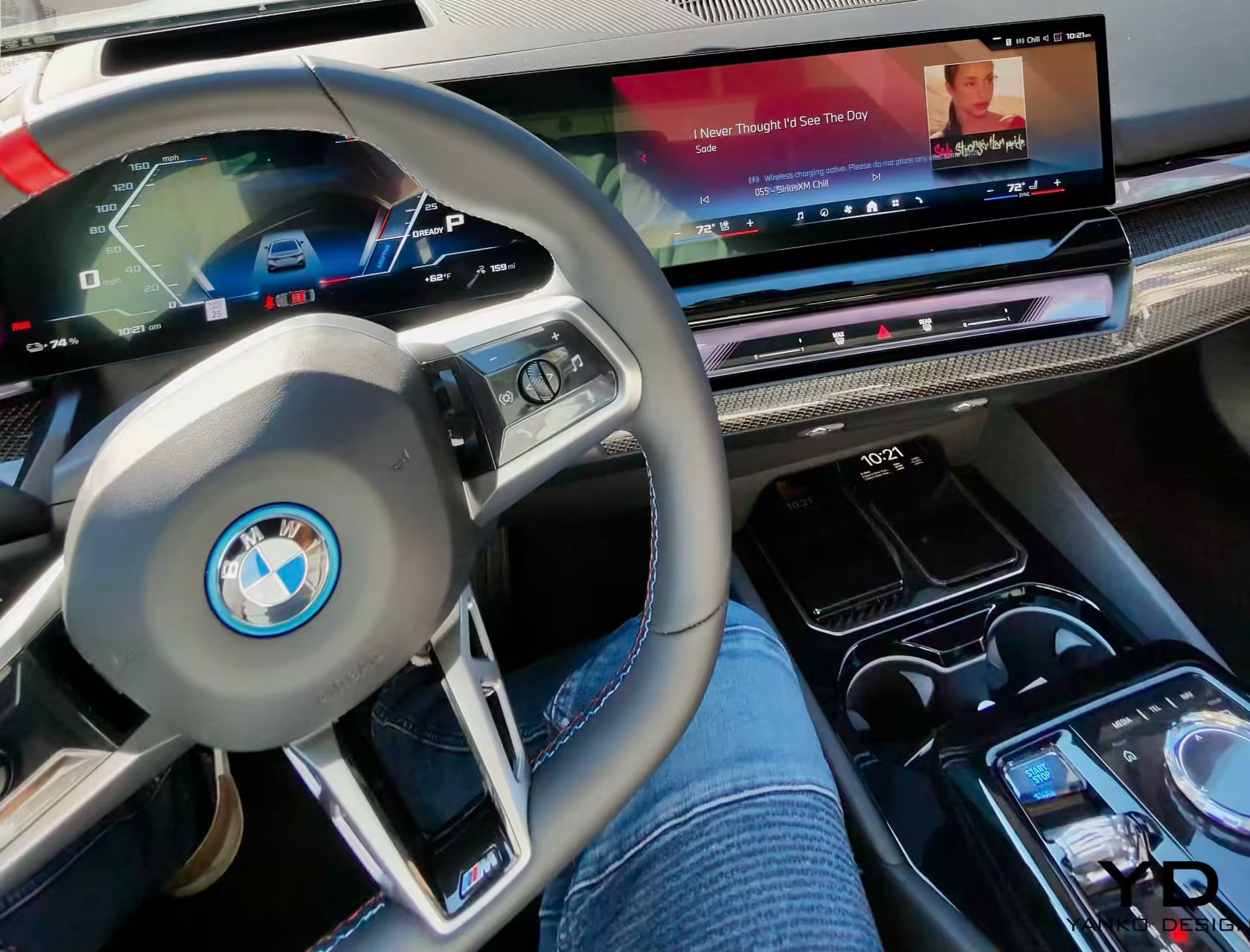
The two models come equipped with the BMW Curved Display and the latest version of the BMW iDrive system, which enhances the digital experience of the car. BMW continues to lead the way in automotive innovation with the introduction of advanced technologies such as the Highway Assistant that allows for hands-free driving up to 85 mph, and the first-ever Active Lane Change with eye activation.
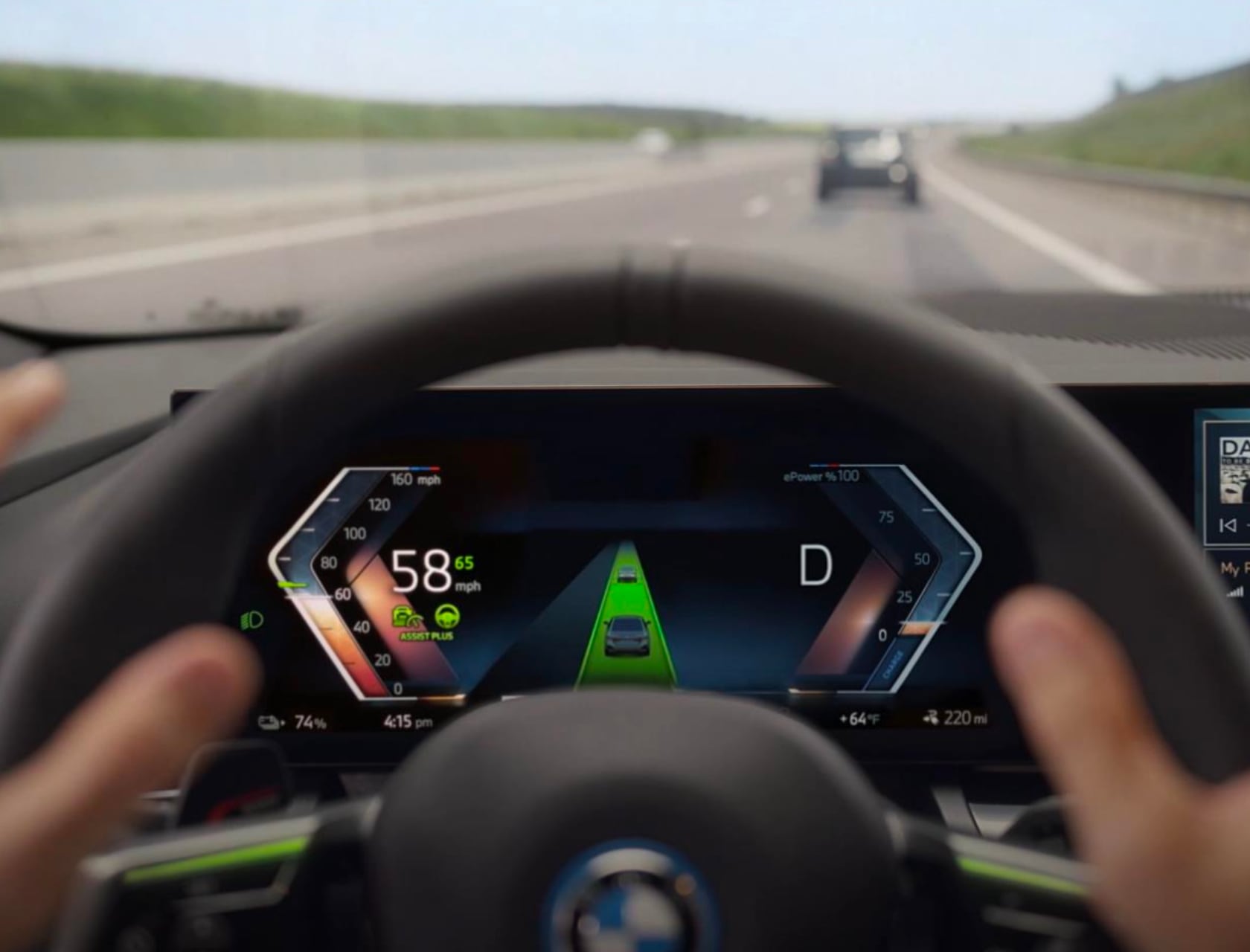
Both models maintain the sporty elegance of the 5 Series while showcasing unique features that underscore their electric character. The i5 M60 xDrive highlights its performance-driven nature with its specific design elements, like the black surfaces on the front apron and large air intakes. Conversely, the i5 eDrive40 emphasizes subtler elegance, prioritizing efficiency and grace.
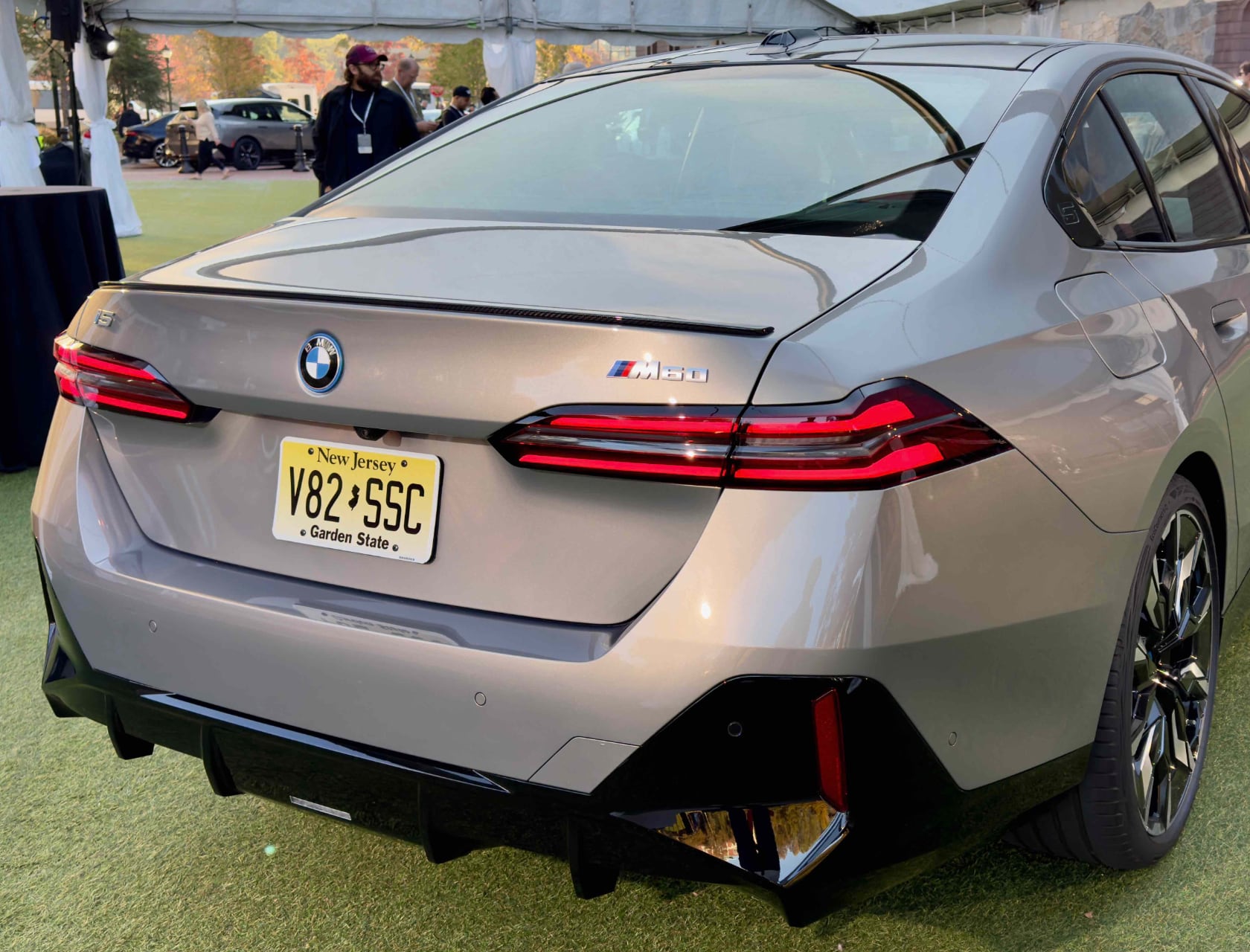
The i5 is compatible with Level 2 and DC fast charging. BMW estimates that the battery can recharge from 10% to 80% in approximately 30 minutes due to a maximum charging rate of 205 kW. First-time BMW i5 owners are offered two years of free 30-minute charging sessions at Electrify America’s network of DC fast-charging stations.
Regarding pricing, the entry-level i5 eDrive40 begins at $66,800, providing an appealing entry point into luxury electric driving. With 21″ wheels, my test vehicle was priced at $77,645 due to a $650 paint job, a $3,000 M Sport Package, and a $2,850 Premium Package.
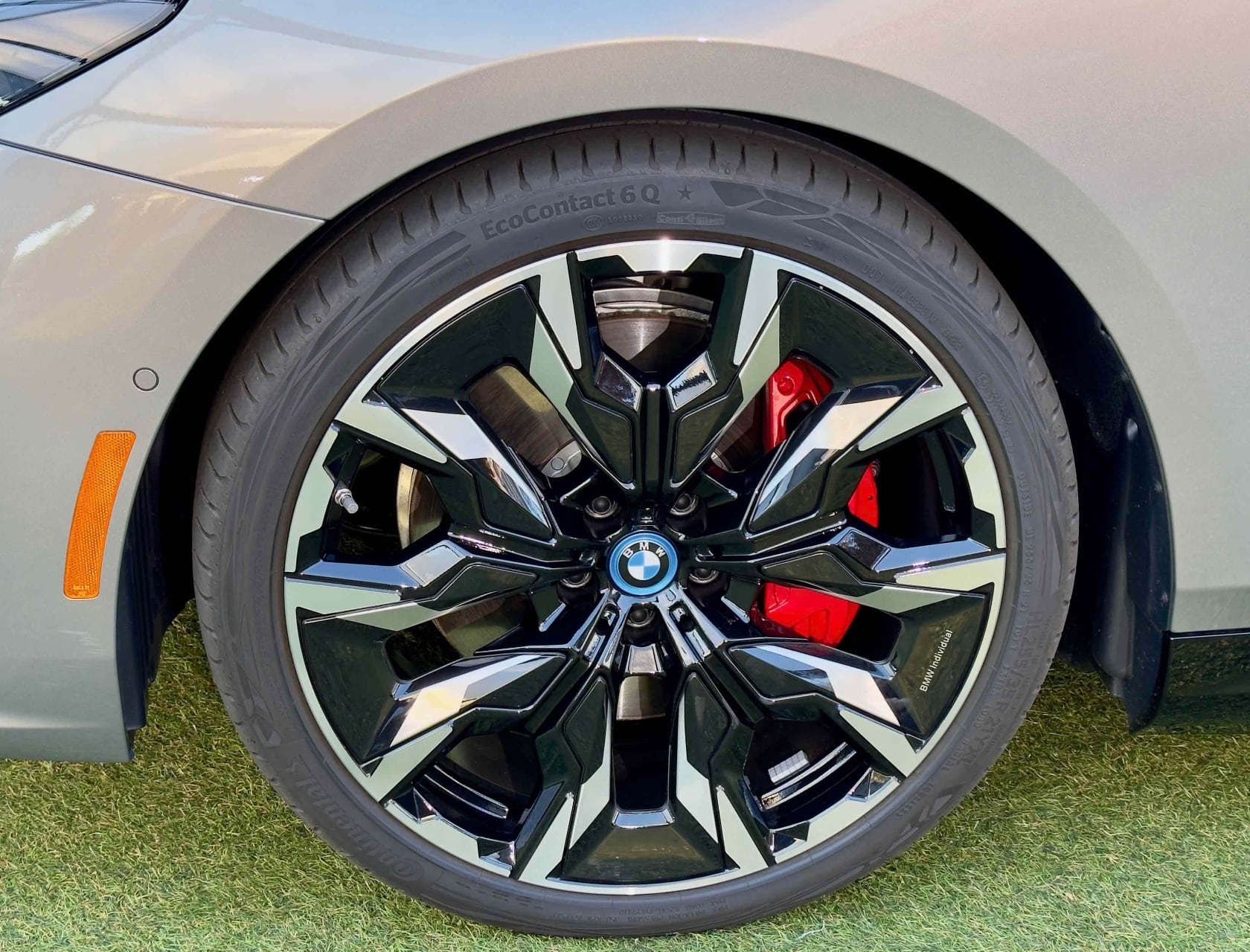
The i5 M60 xDrive starts at $84,100, appealing to those who desire high-end electric performance and the prestige of the BMW brand. However, the price can escalate quickly if you choose all the available features, reaching a maximum of $97,494. The priciest package is the Dynamic Handling, which costs $3,600. The Executive Package adds $3,350, and the Driving Assistance Pro package costs $2,000.
The BMW i5 M60 xDrive and the i5 eDrive40 represent a harmonious blend of BMW’s sporting heritage and forward-thinking approach to electric mobility. Whether it’s the exhilarating performance of the M60 or the balanced efficiency of the eDrive40, BMW offers a compelling electric option for a range of drivers in the luxury segment. With these additions, the BMW 5 Series continues to evolve, setting new benchmarks in premium electric sedans.
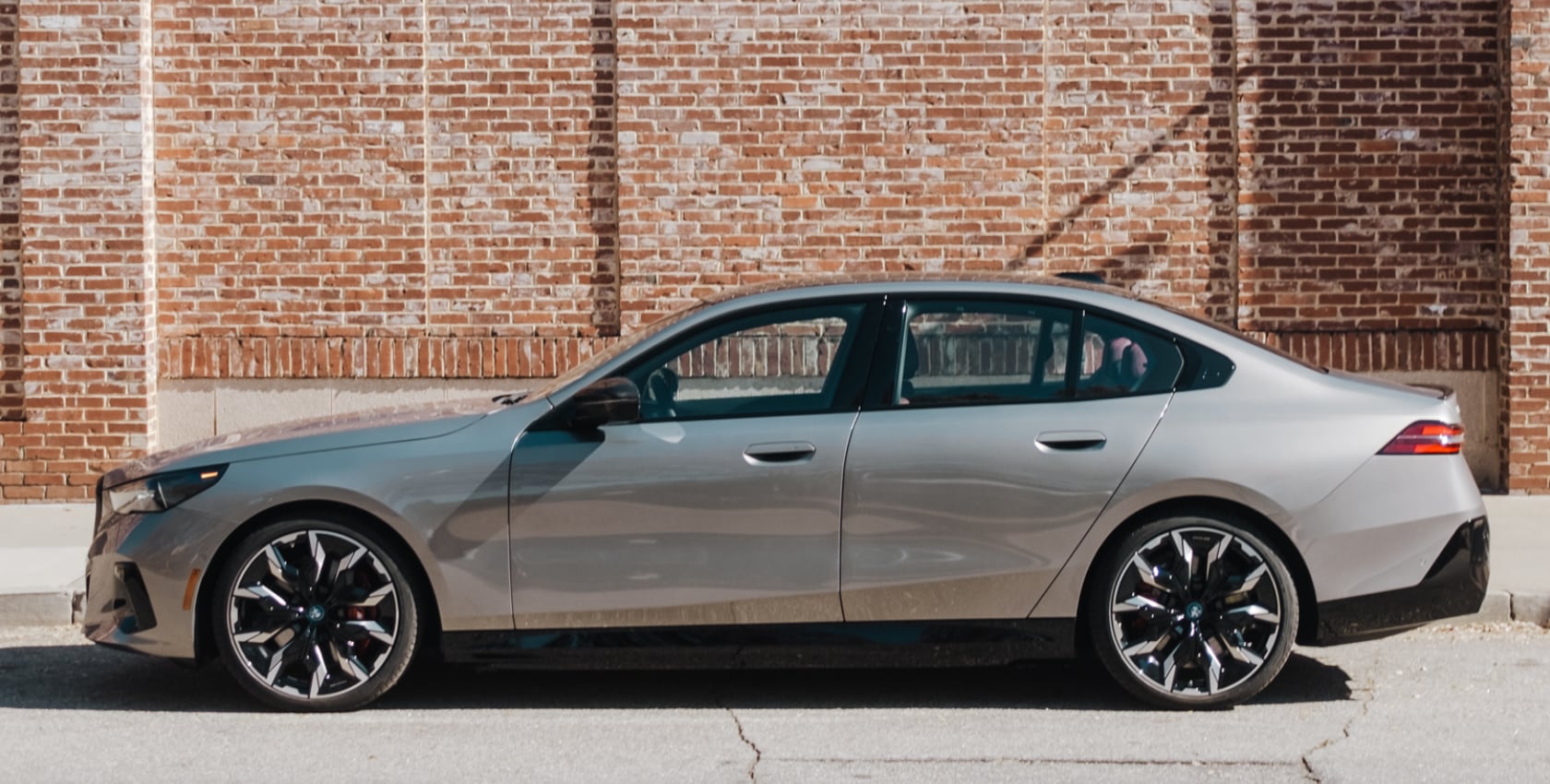
Regarding evolution, whether you choose an EV, a mild-hybrid internal combustion engine, or a plug-in hybrid, you’ll get the same sleek kidney grille, which looks good. It’s brilliant that BMW can manufacture all three variants on the same production line and adjust as necessary based on consumer demand. If you choose the Carbon exterior package, the i5 M60 exterior receives additional features. This package includes M High-gloss Shadowline, M Specific Diffuser, 19″ M Wheels, M Sport Exteriors, and M Side Mirrors.
The new 5 Series is more significant than its predecessor, being longer by 3.4 inches (199.2 inches total), wider by 1.3 inches (74.8 inches total), and taller by 1.4 inches (59.6 inches total). The wheelbase has also been extended by 0.8 inches, reaching 117.9 inches.
Its interior has been completely revamped, featuring a curved display screen with a 12.3-inch digital instrument panel behind the steering wheel and a 14.9-inch touchscreen above the center console. These displays utilize the new BMW Operating System 8.5, which enhances operational speed and graphics quality and introduces features like video streaming and gaming.
Additionally, the gaming platform app AirConsole enables you to use your smartphones as controllers and supports multiple players.
Electric Thrills: The i5 Drives Like a BMW
Without a doubt, both models provide a rapid response, thanks to the instant torque feature of electric vehicles. Everyday driving on surface streets and highways is stress-free and comfortable. The i5 felt stable and well-grounded during brief periods of acceleration.
The BMW i5 M60 xDrive offers more than just an additional motor for the front axle. The Adaptive M Suspension Professional package includes several features to improve the car’s performance and the driver’s experience. One feature is the electronically controlled dampers. These automatically adjust the car’s suspension to the road conditions, providing a smoother ride and better handling. In addition, the M60 has a ride height that is 0.3 inches lower than the eDrive40, giving it a lower center of gravity and thus improving stability.
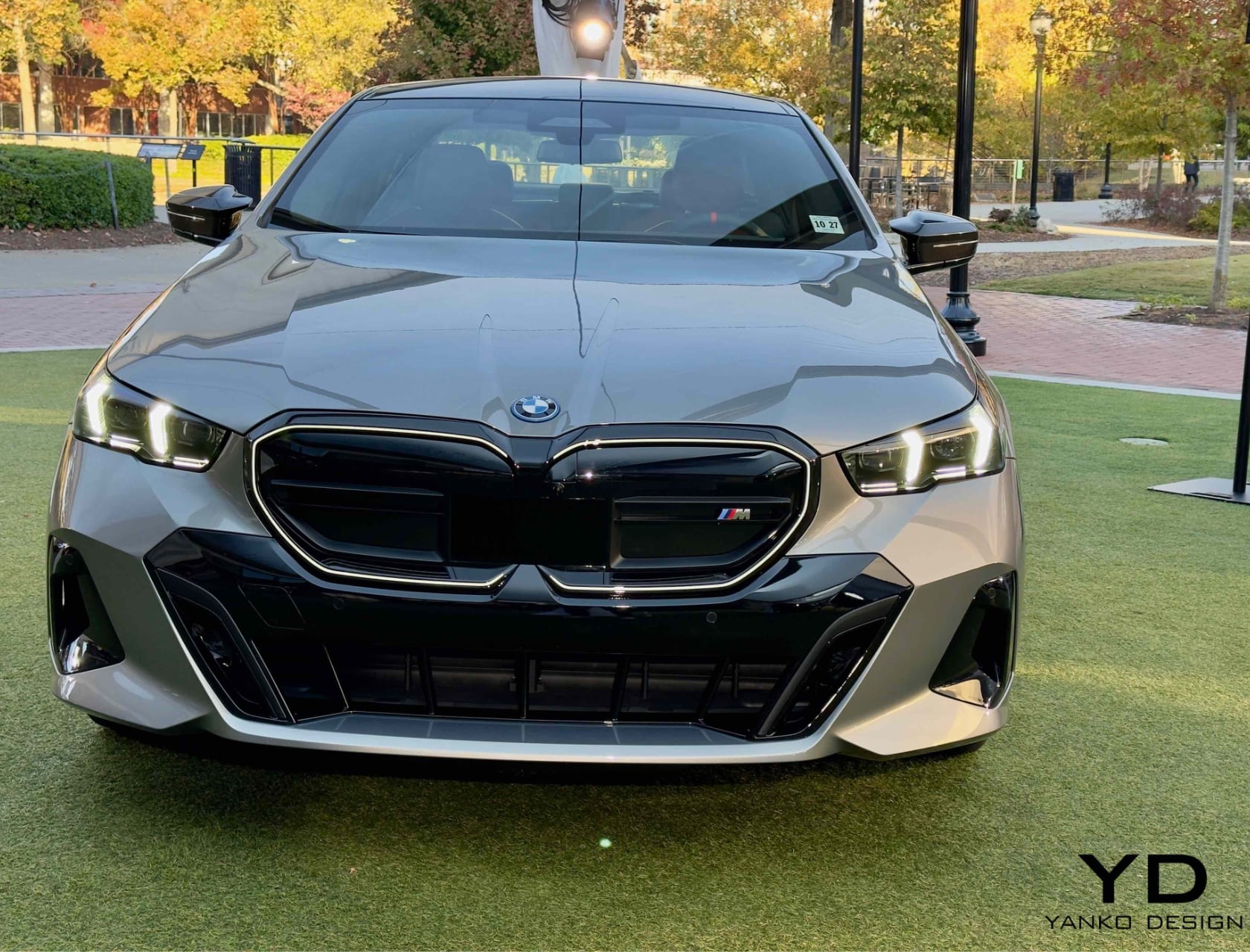
The M60 xDrive also includes rear-axle steering. This feature enhances stability at high speeds by aligning the rear and front wheels. At lower speeds, the rear wheels turn opposite the front wheels, reducing the car’s turning radius. This makes the M60 more agile, improving maneuverability in tight spaces. As with other BMW models, rear-axle steering has proved to be a beneficial feature.
Another benefit of the M60 is the inclusion of M Sport brakes. These high-performance brakes provide excellent stopping power, ensuring the car can handle the power its motors offer. Additionally, BMW’s active roll stabilization system is included. This system reduces body roll during cornering, enhancing comfort and providing more precise handling.
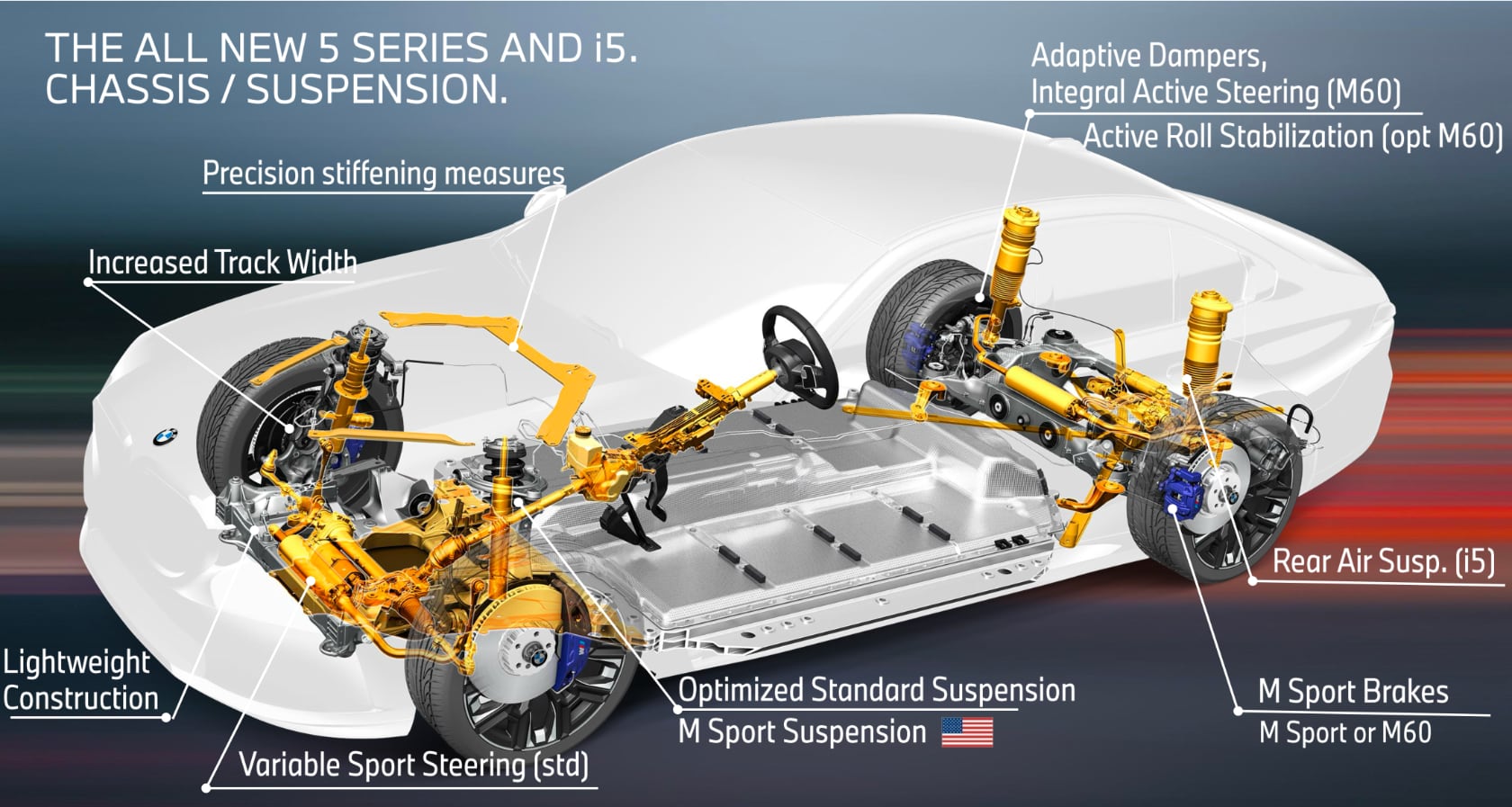
Thanks to these advanced features, the M60’s steering excels on tight, twisty roads along the test route. BMW was able to provide an abundant amount of track time, allowing me to push the car to the best of my driving ability. I was impressed with how light and easy it was to control through tight turns, providing more than adequate feedback and road feel. This allowed me to sense the road through the steering wheel, enhancing the connection between the car and the road.
Yanko Design’s take on the electrified BMW i5 sedans
With their performance, comfort, and advanced features, BMW’s recently launched electric vehicles, such as the compact i4 sedan and midsize iX SUV, have made a significant impression. After spending some time with the all-new i5, it seems to meet, and perhaps even exceed, the high standards set by competing brands.
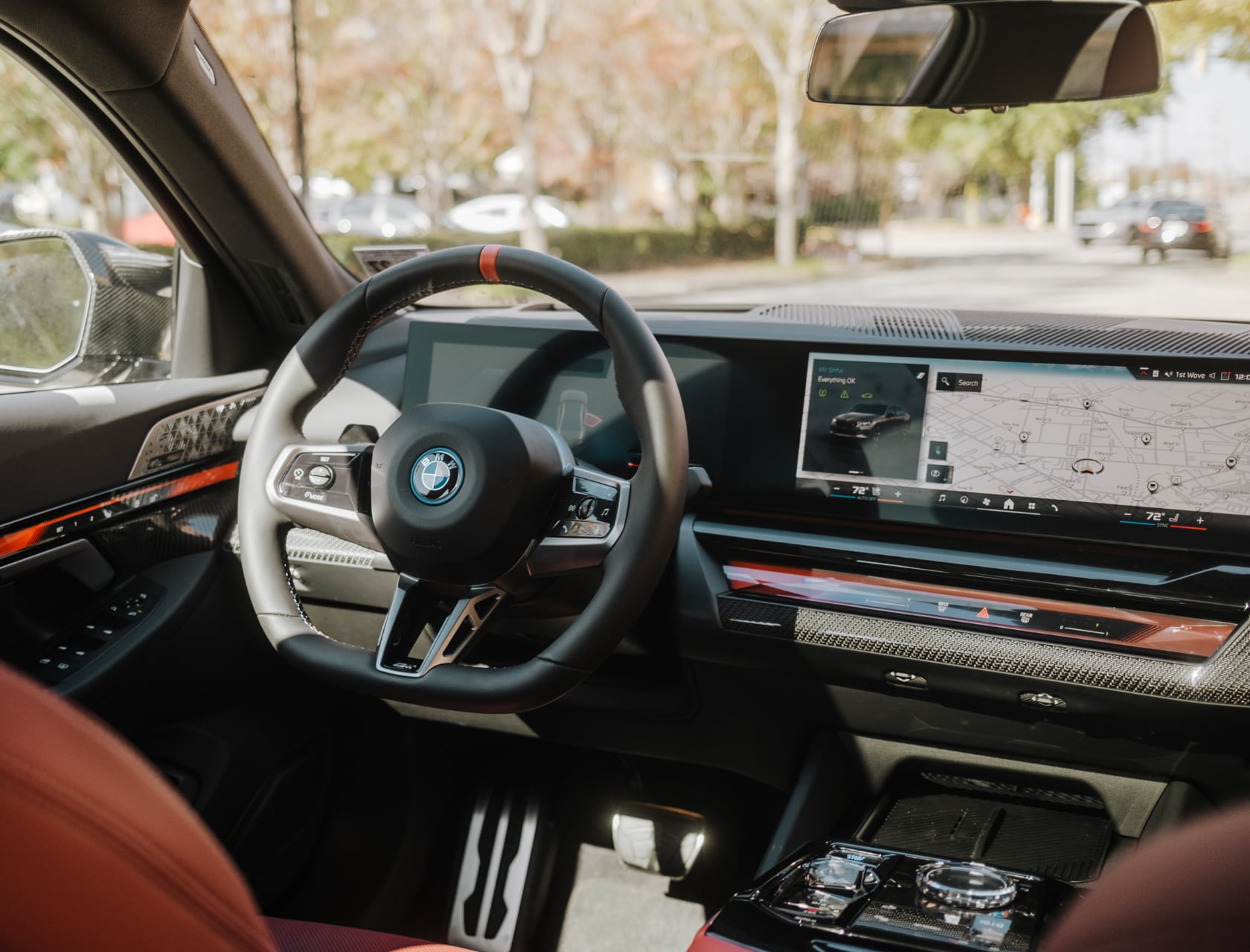
The i5, in line with our expectations of BMW’s renowned 5 Series, offers an unmatched combination of speed, comfort, and luxury. It seamlessly integrates these traits to deliver a driving experience that is both thrilling and comfortable. The car’s swift and responsive acceleration boosts the driver’s confidence on the road, while the plush interiors and cutting-edge features ensure a luxurious journey.
Adding to its impressive attributes, the i5 is quiet, creating a peaceful and serene driving environment. This quality is a defining trait of electric vehicles and is particularly prominent in the i5, setting it apart from its petrol-powered counterparts.
The post Driving the Thrilling Evolution of BMW with the Electrifying i5 M60 xDrive first appeared on Yanko Design.
